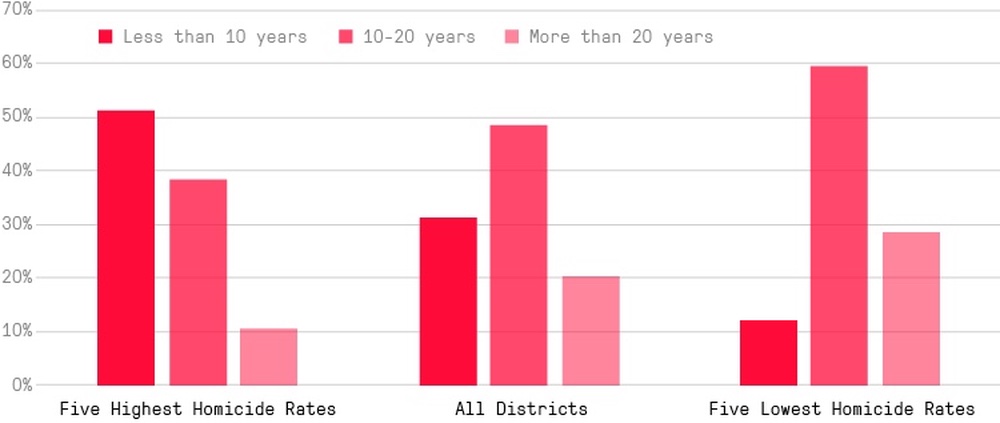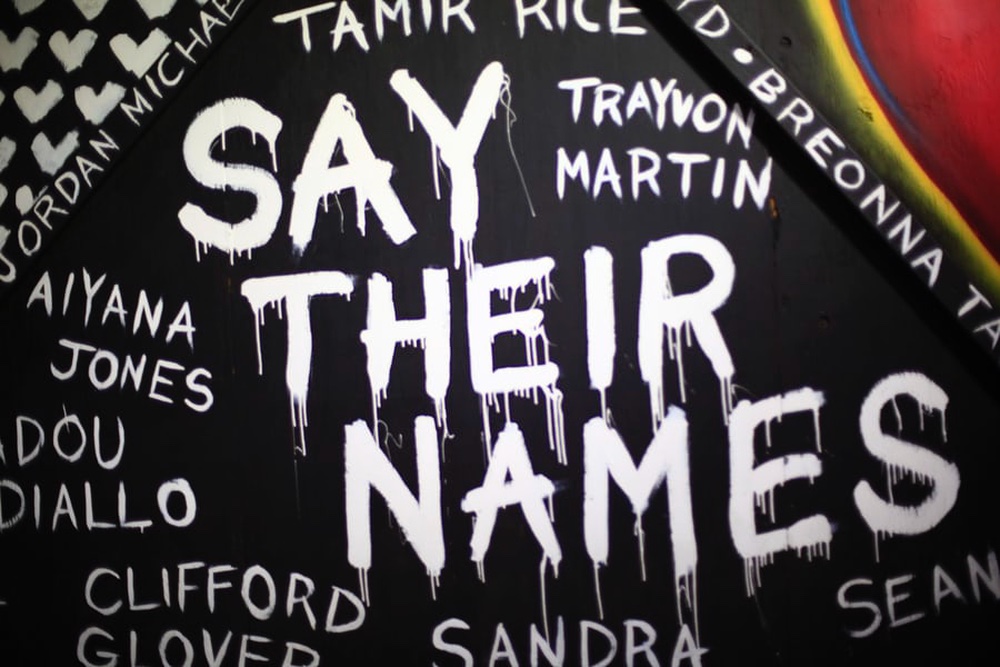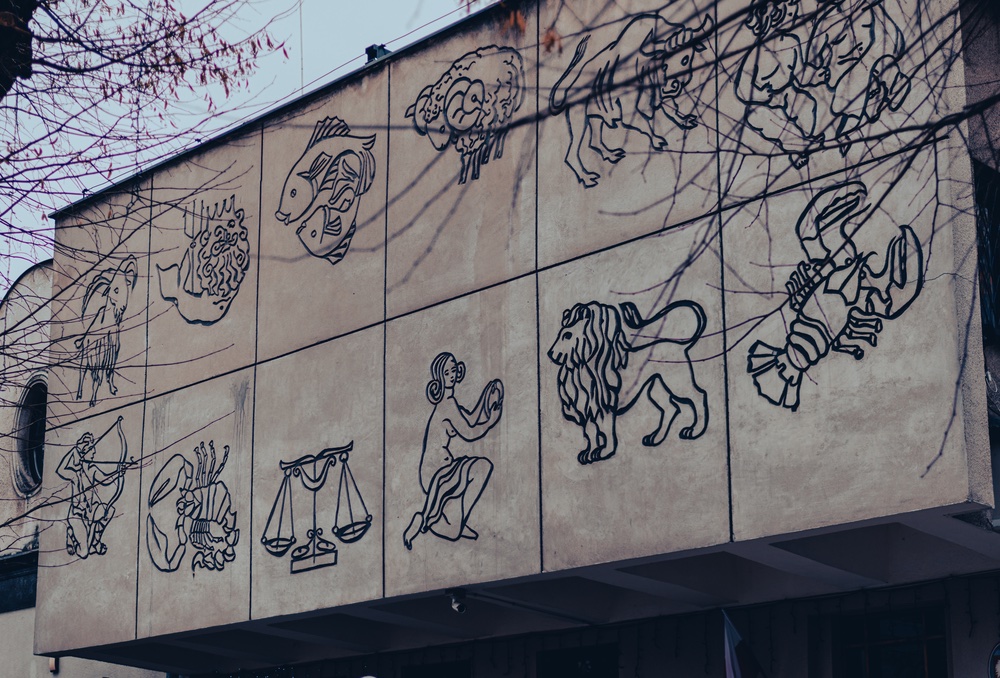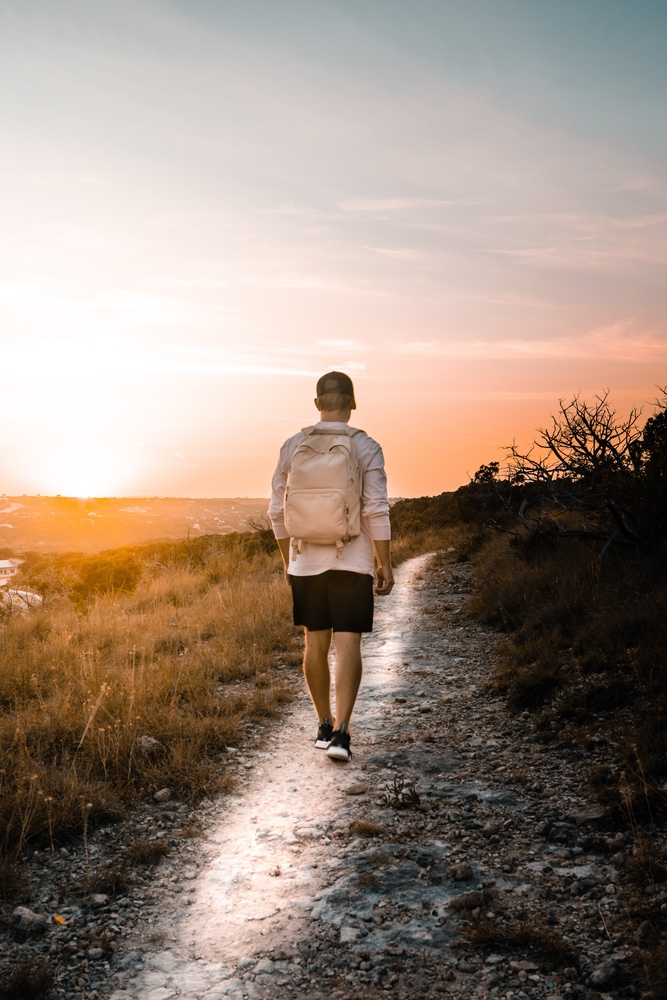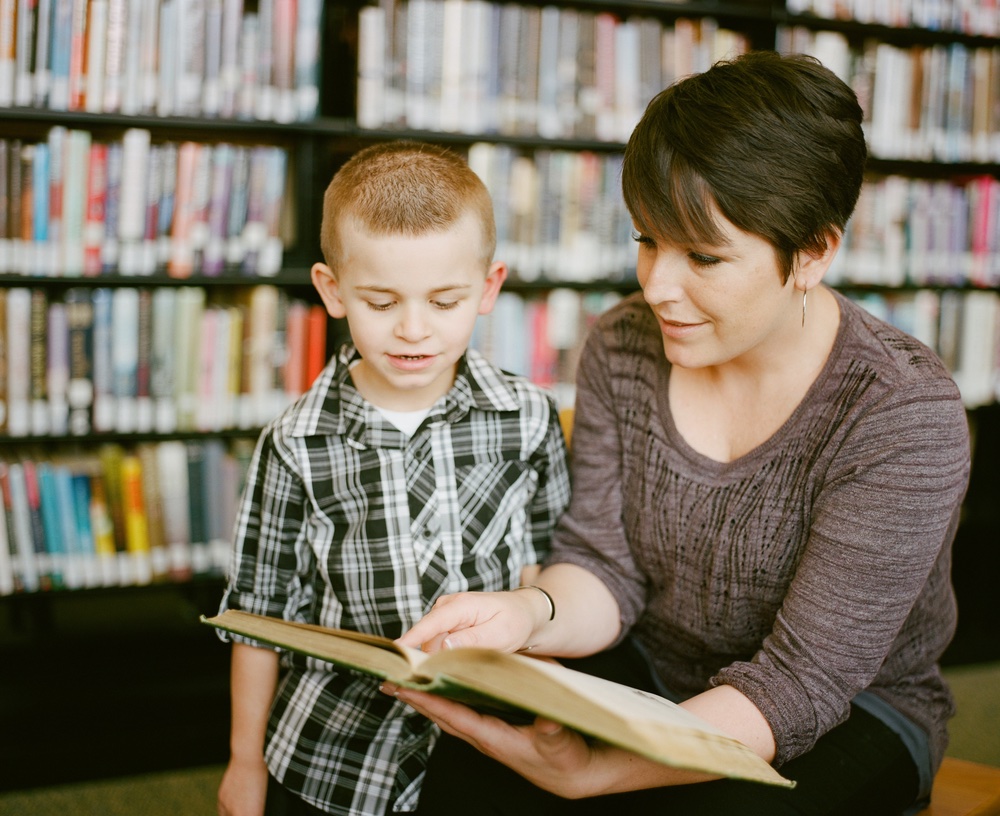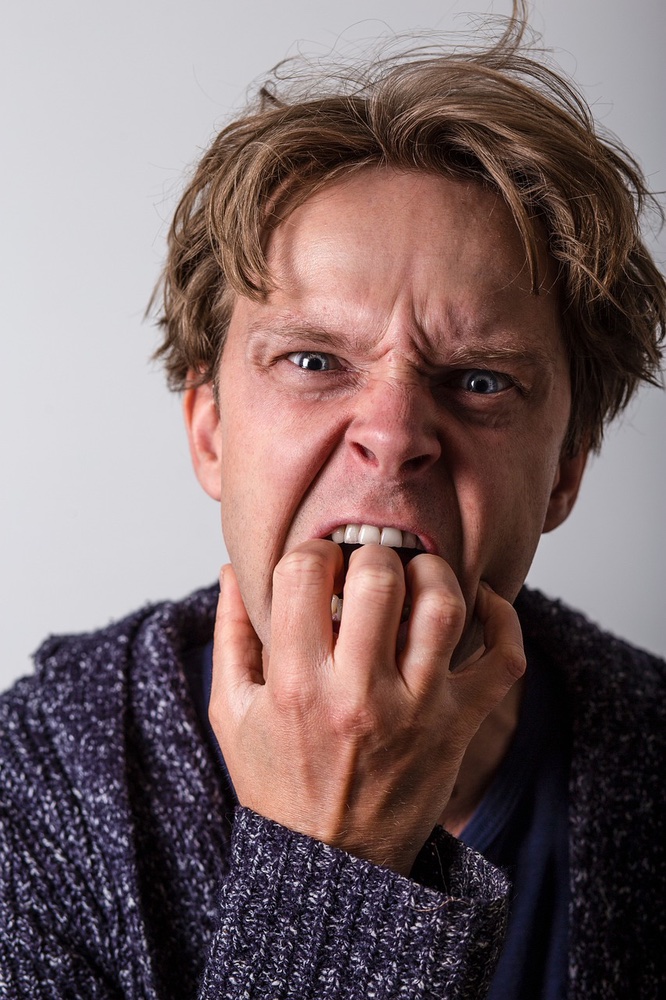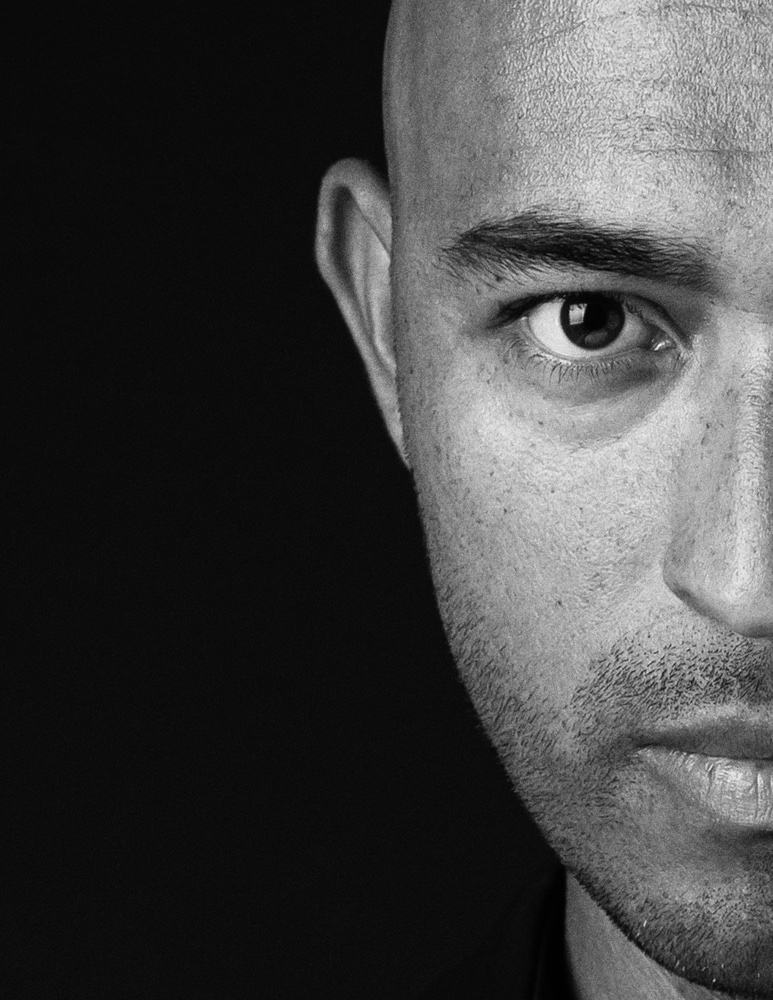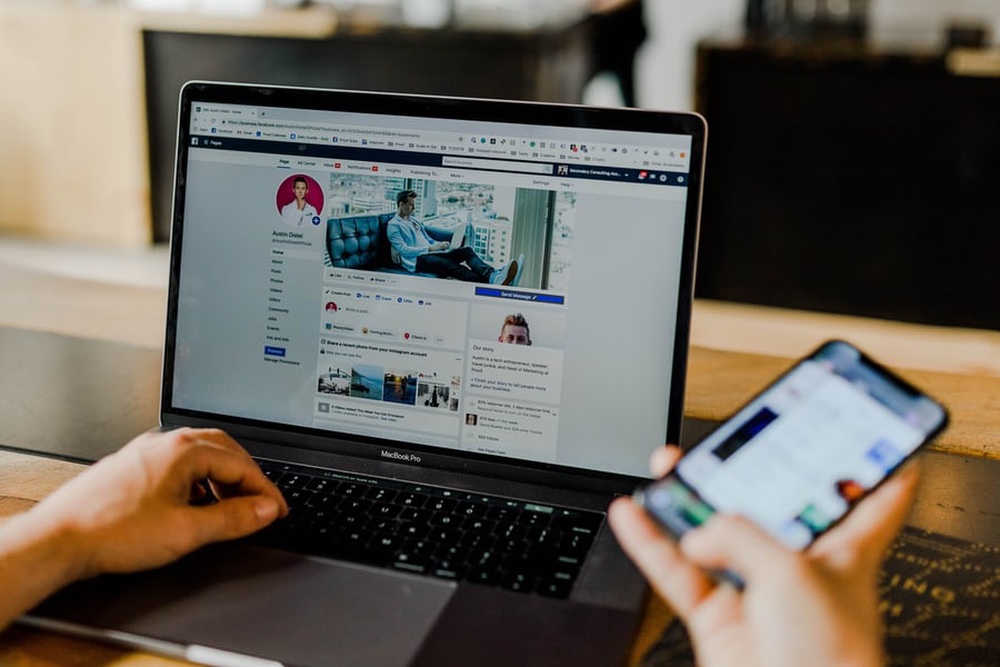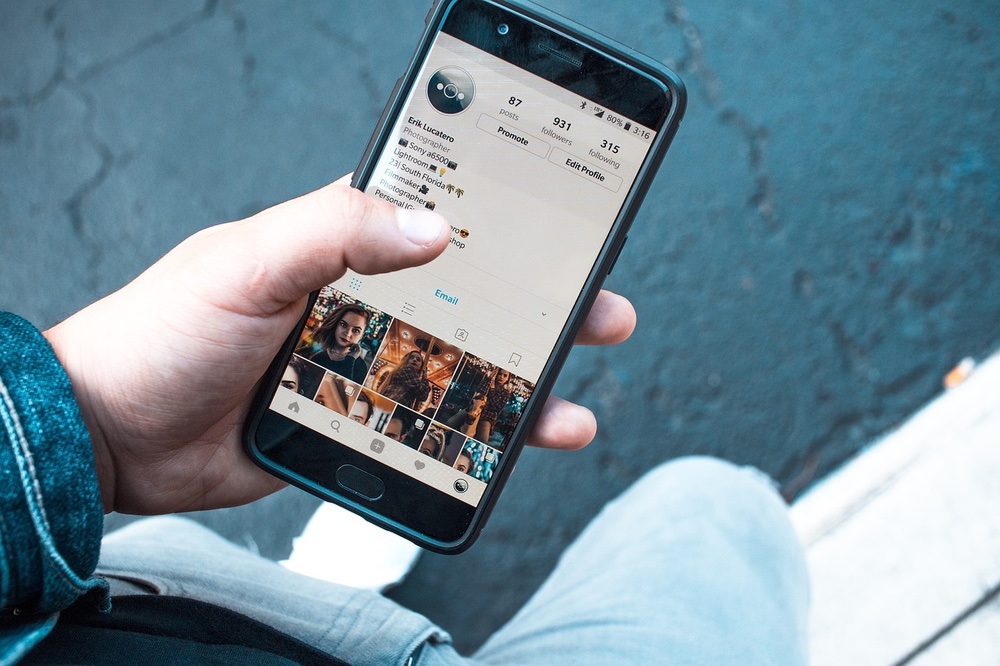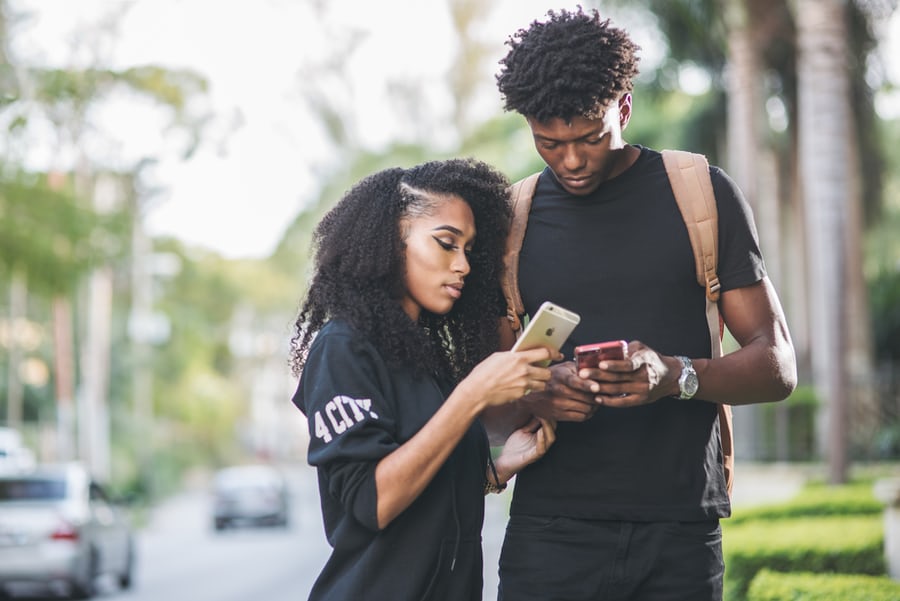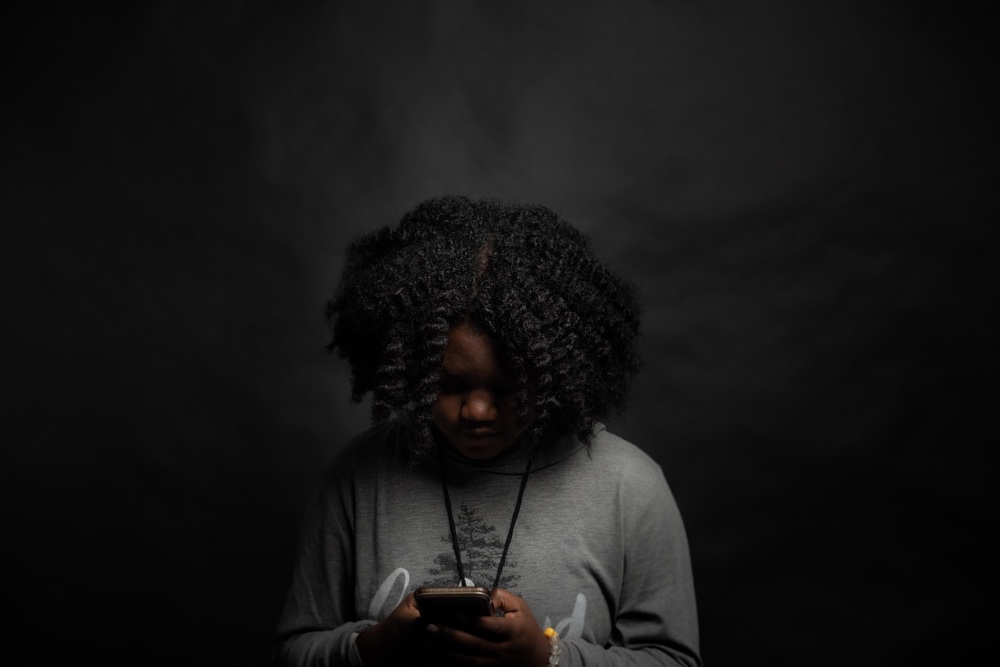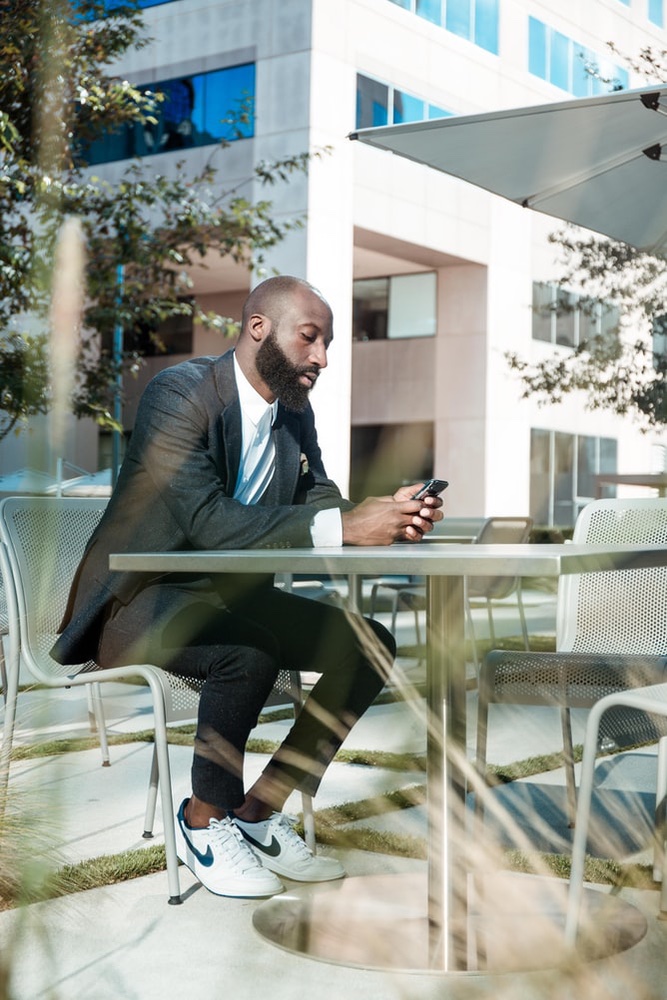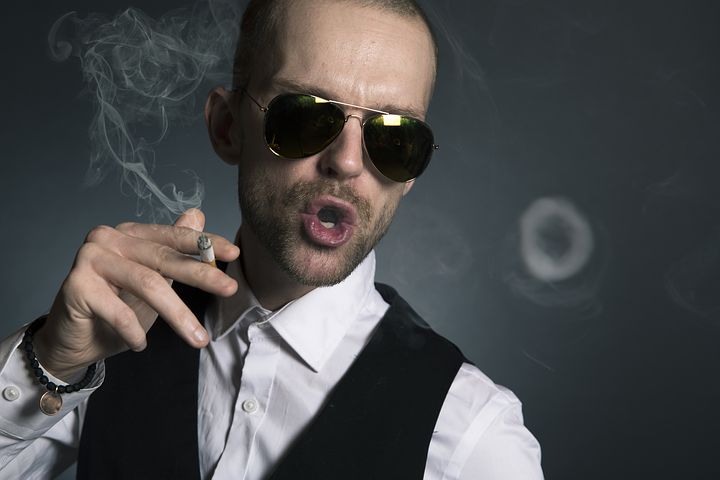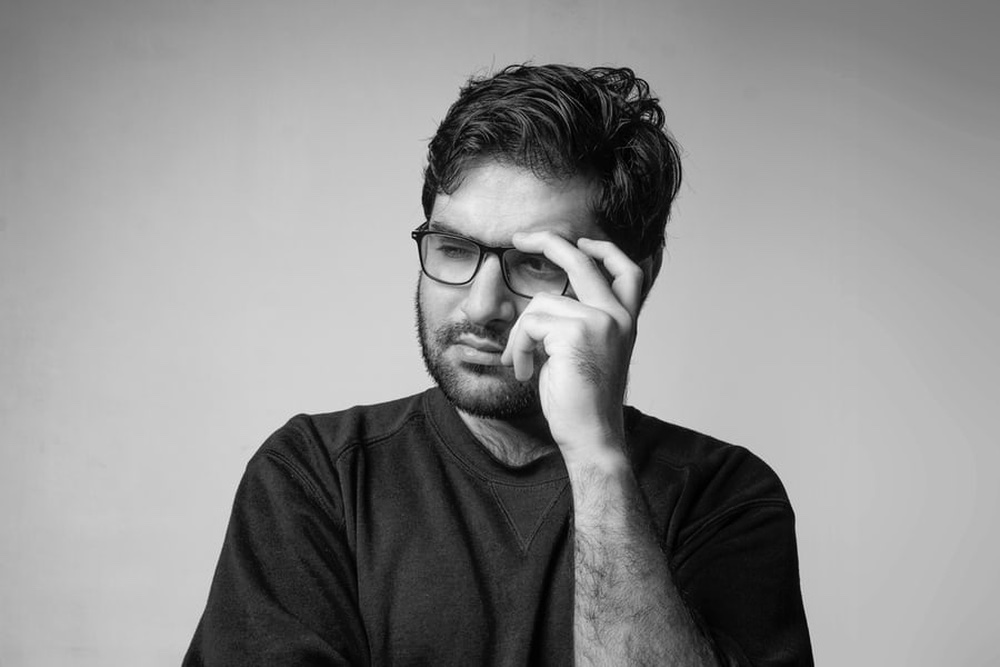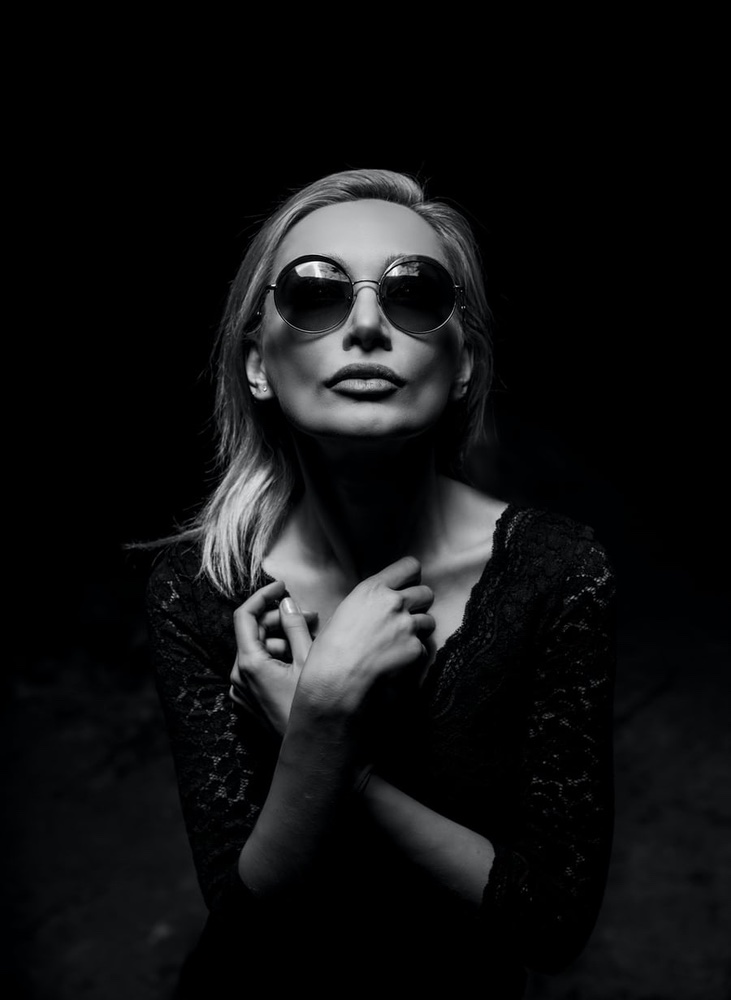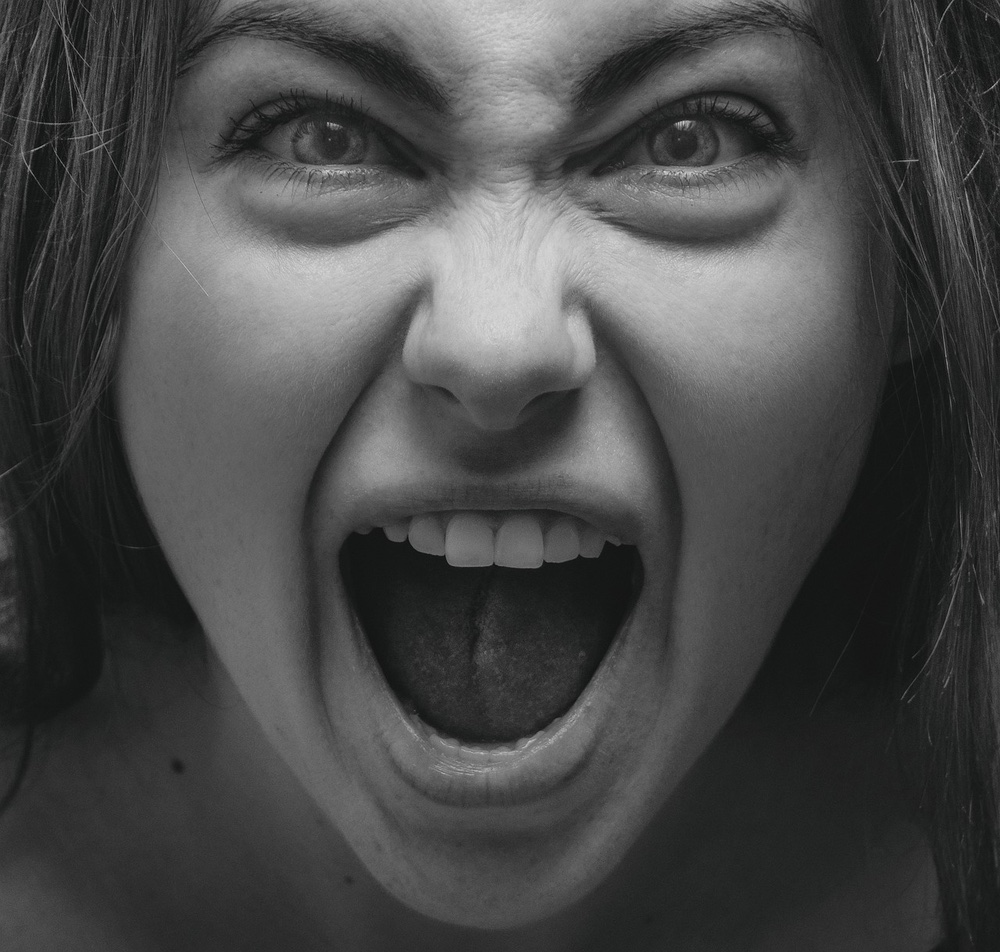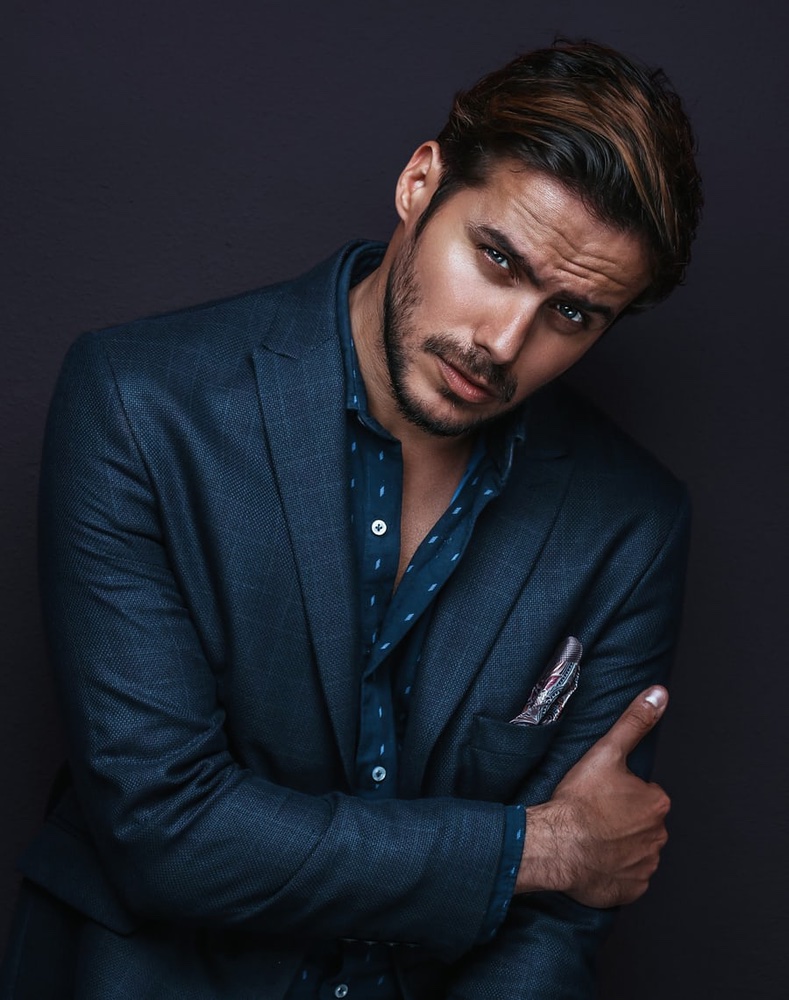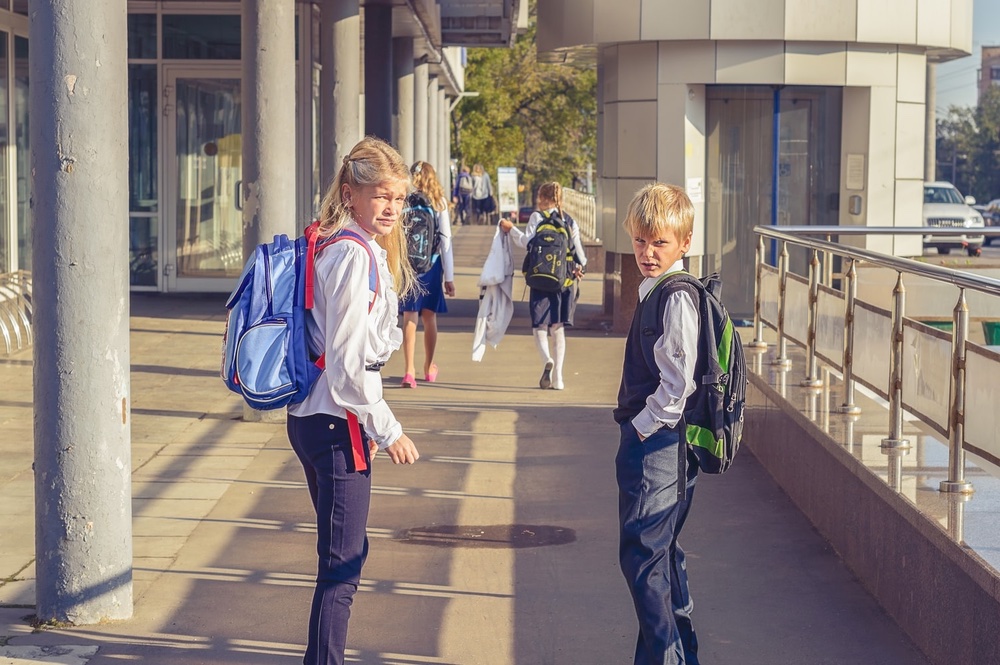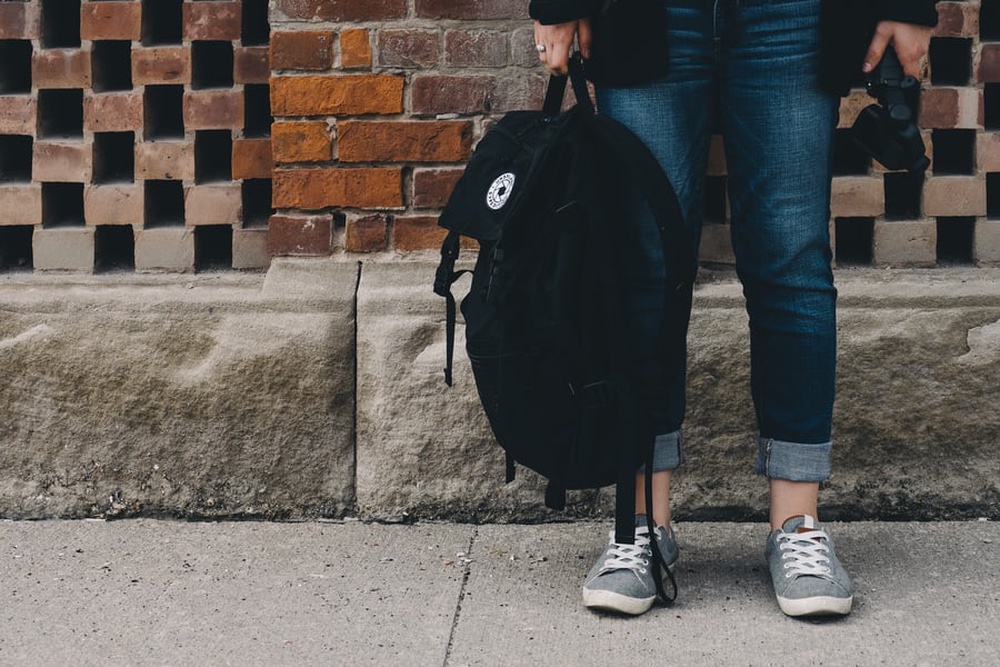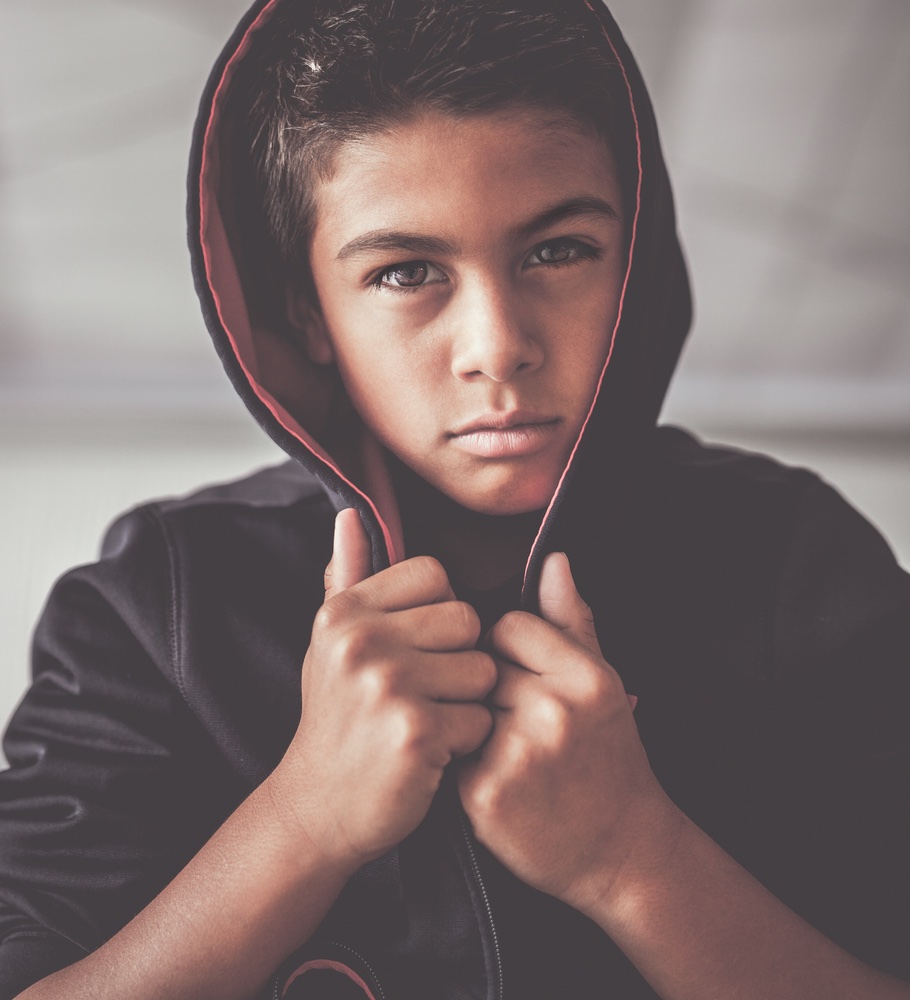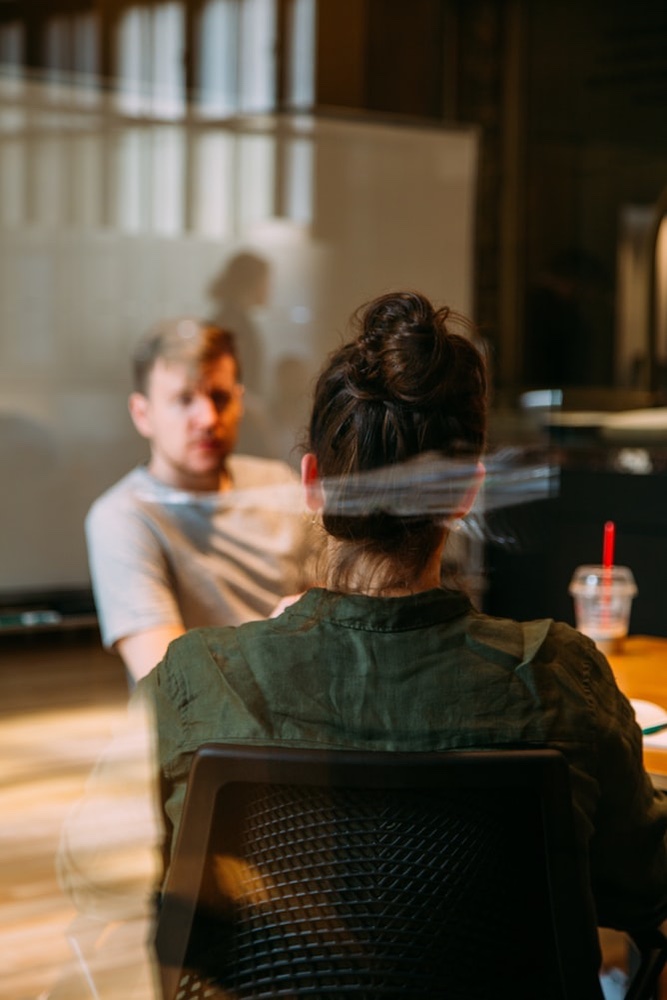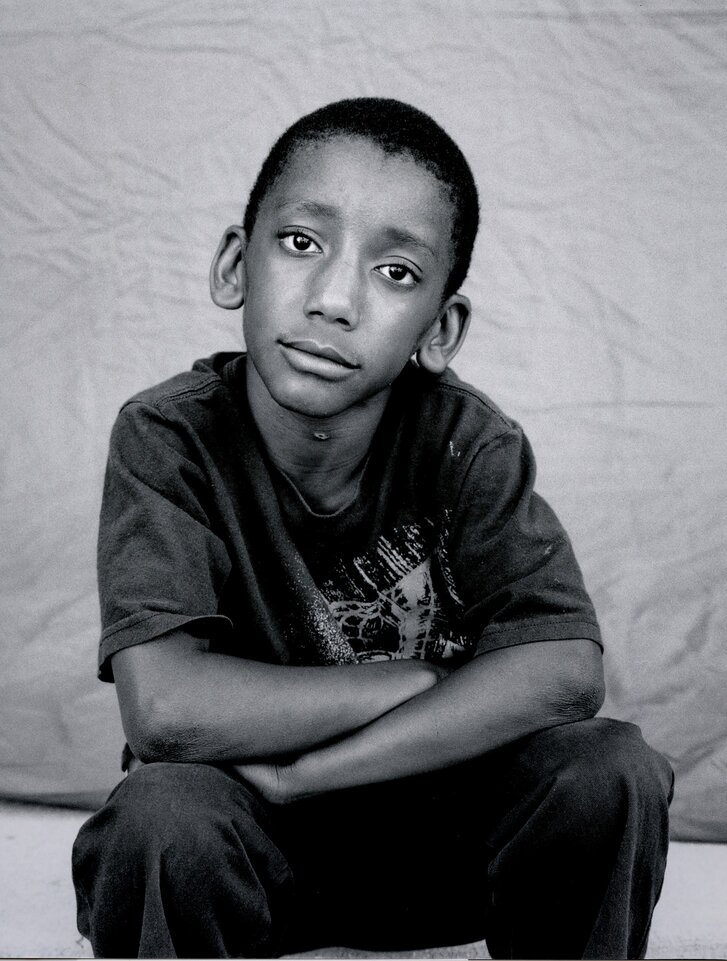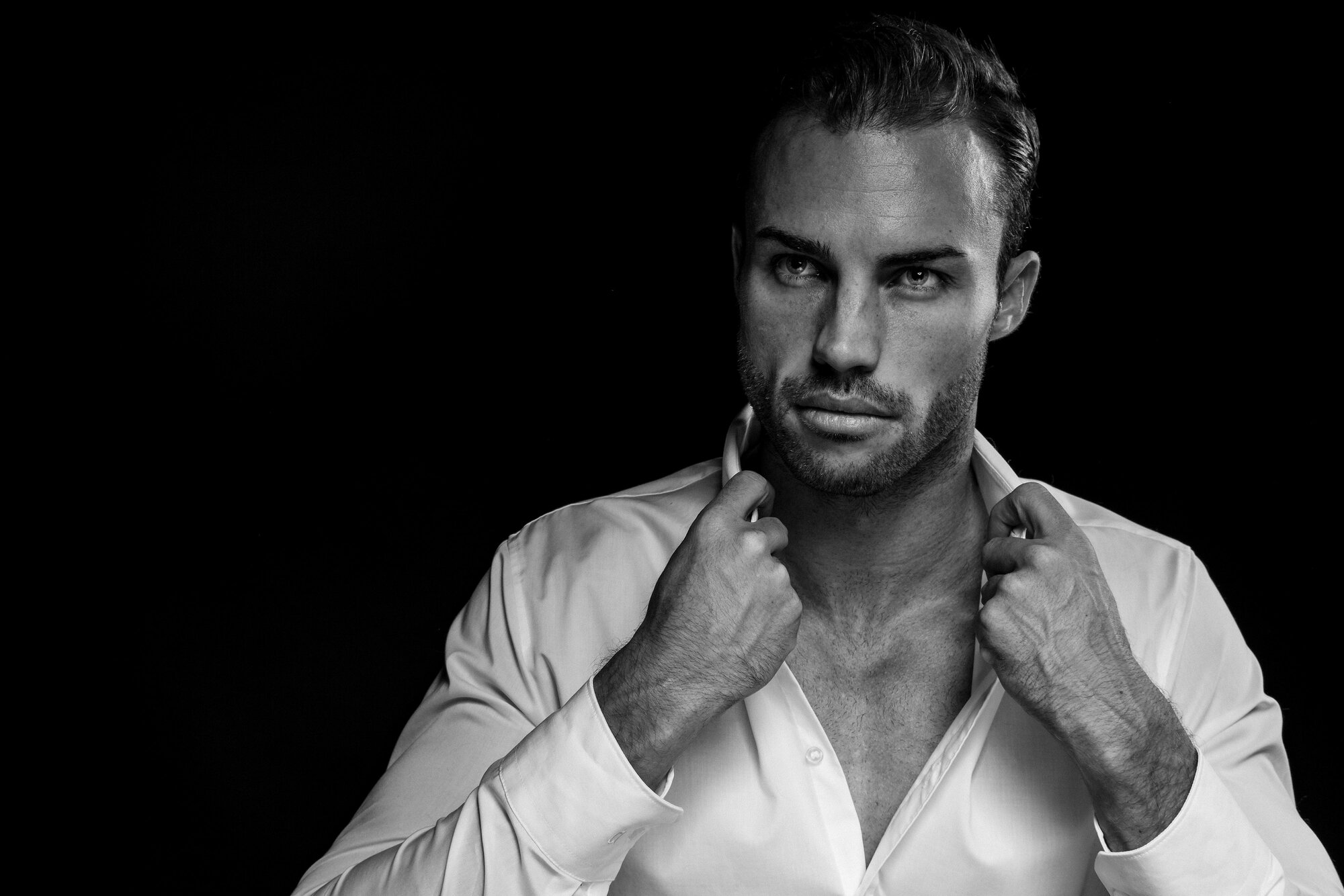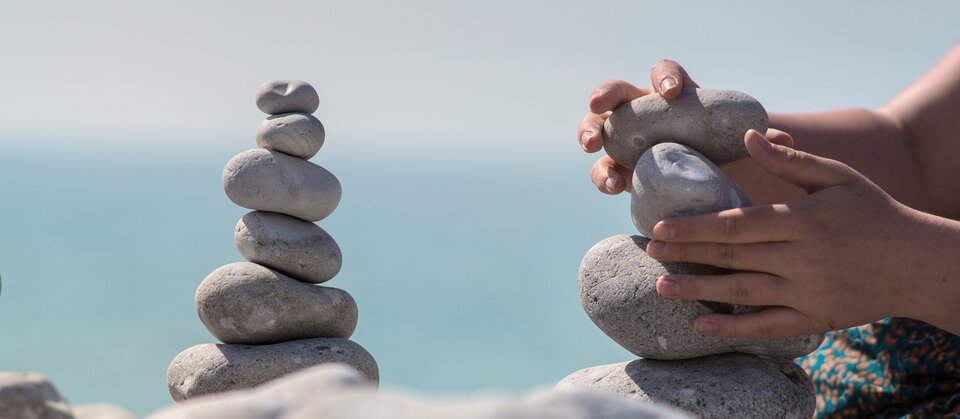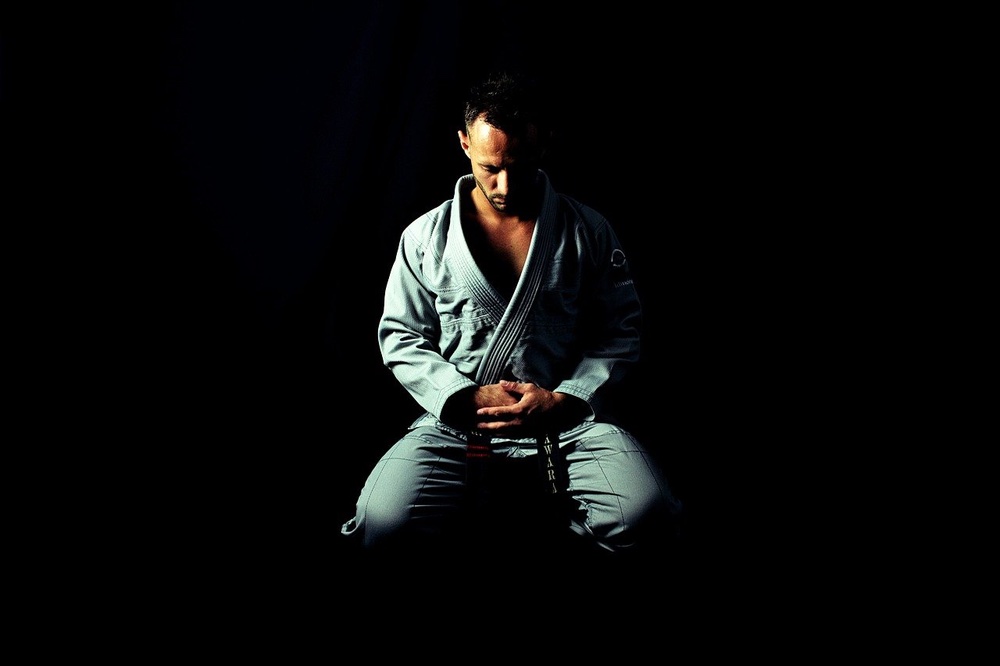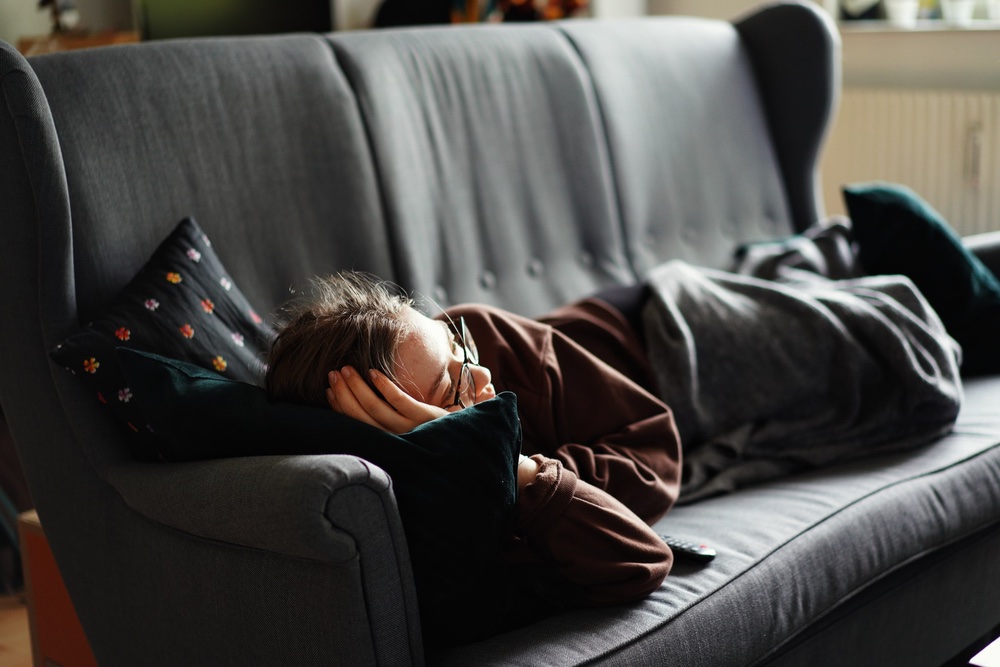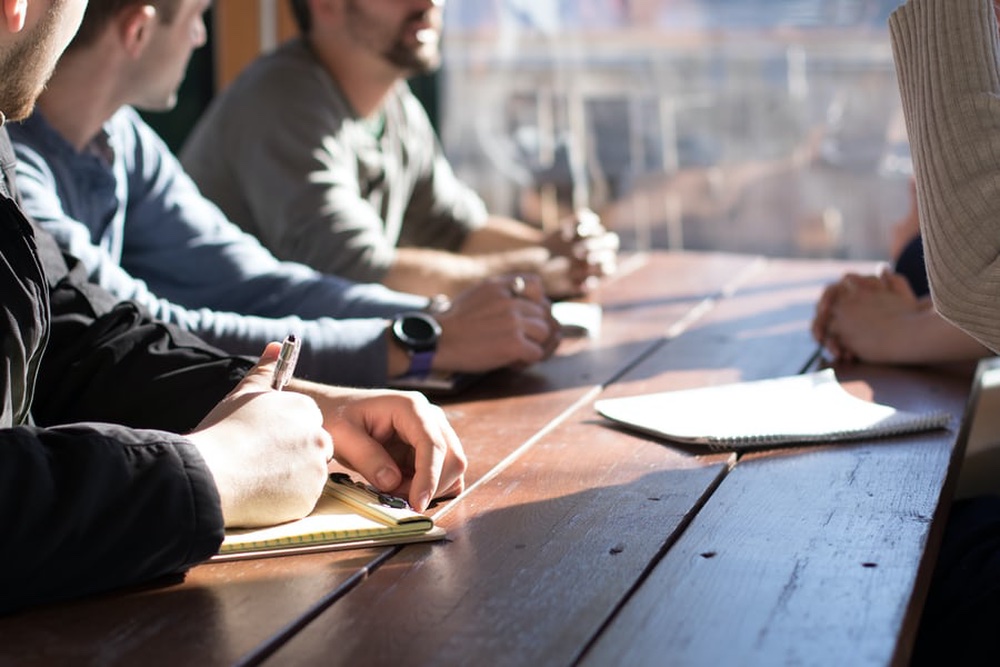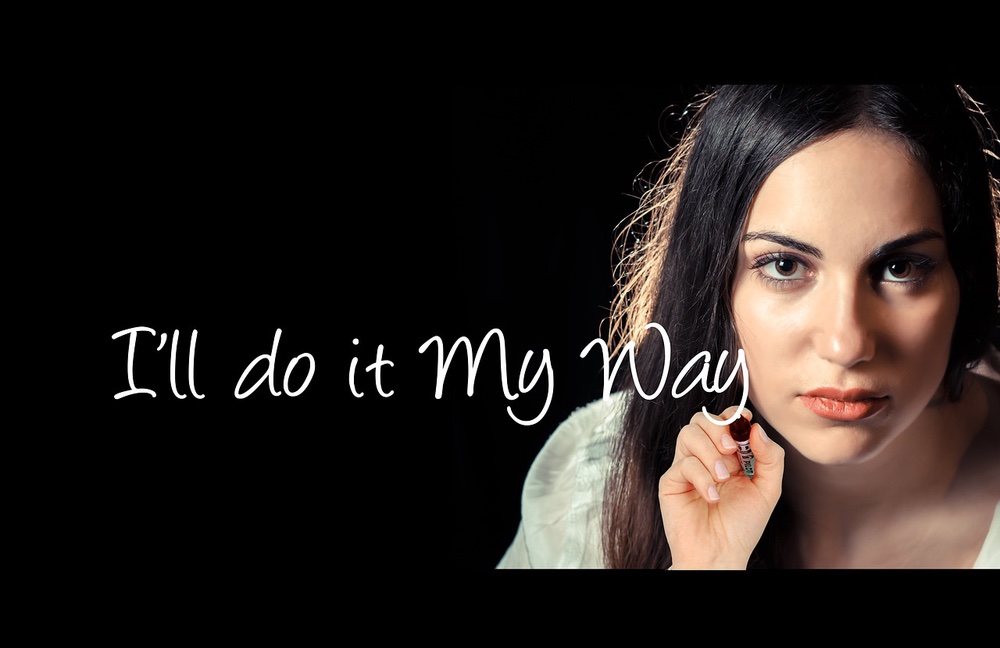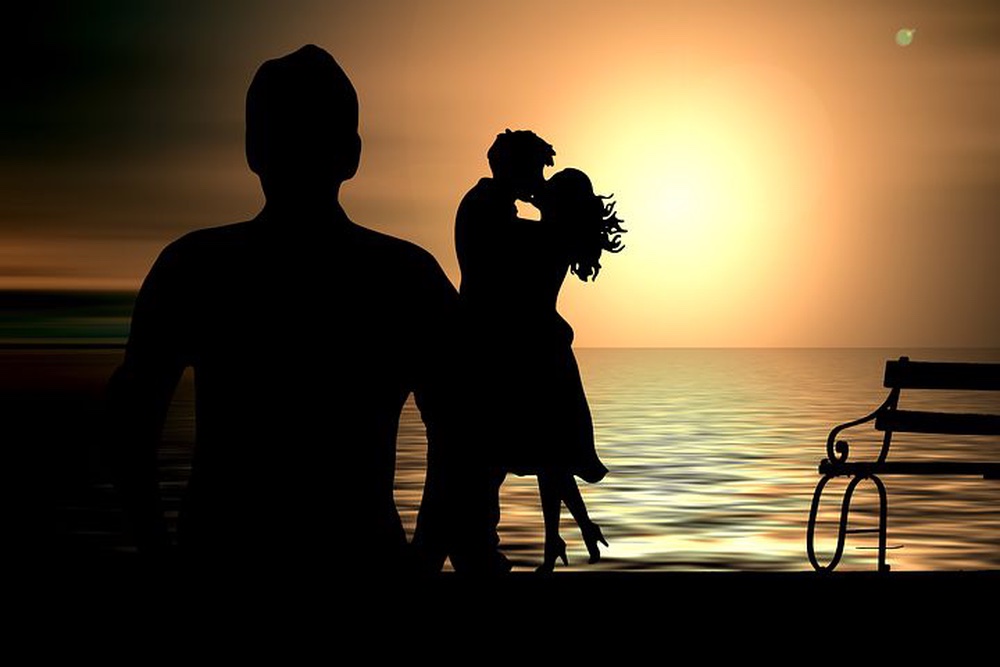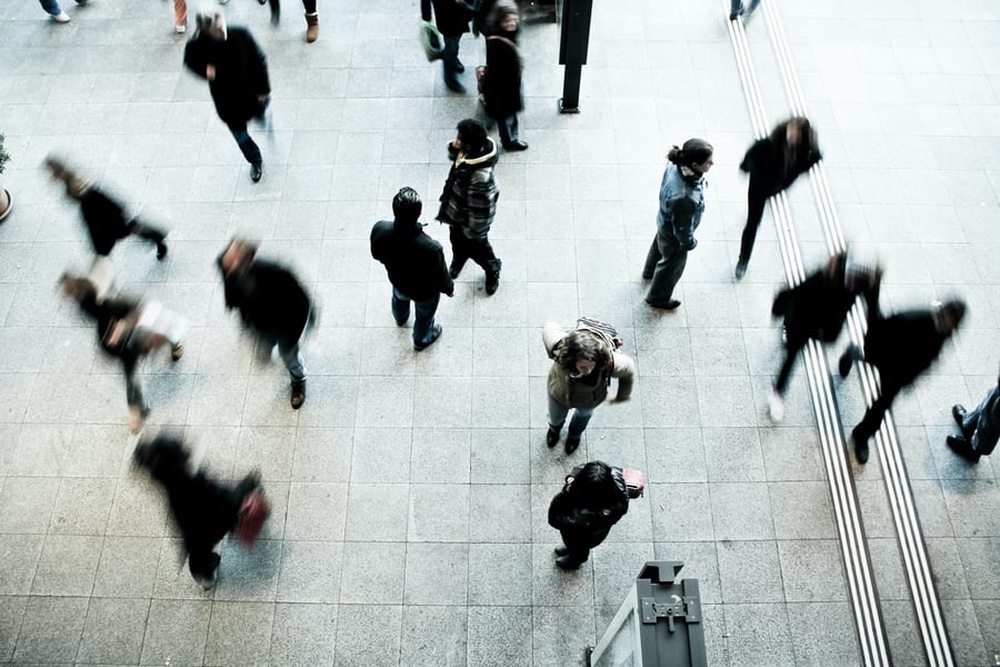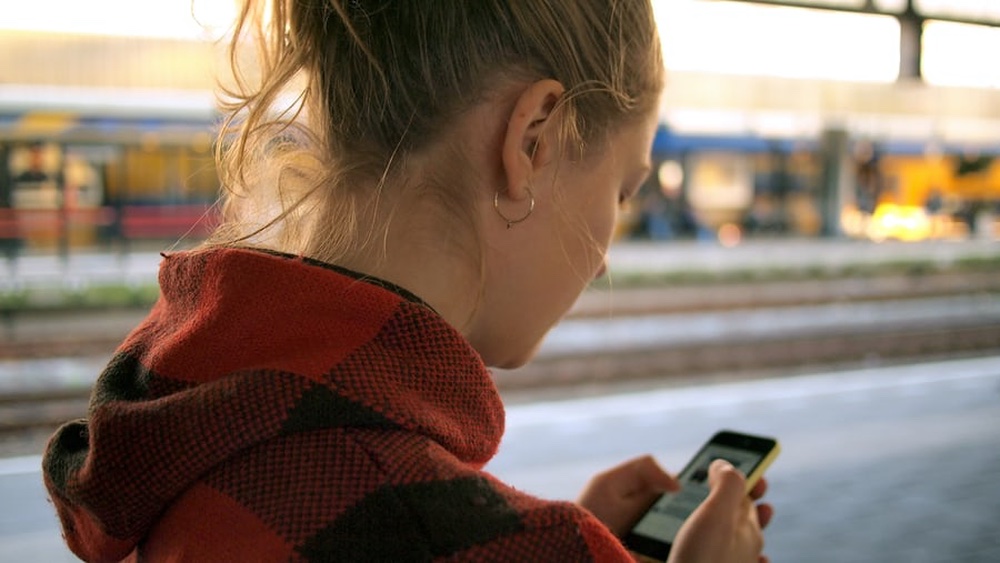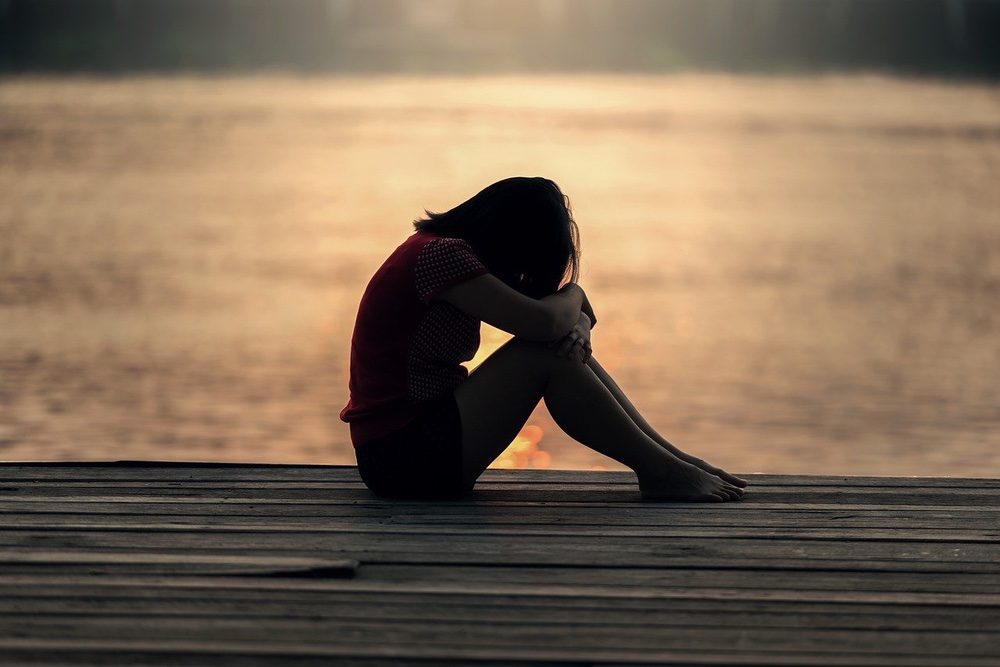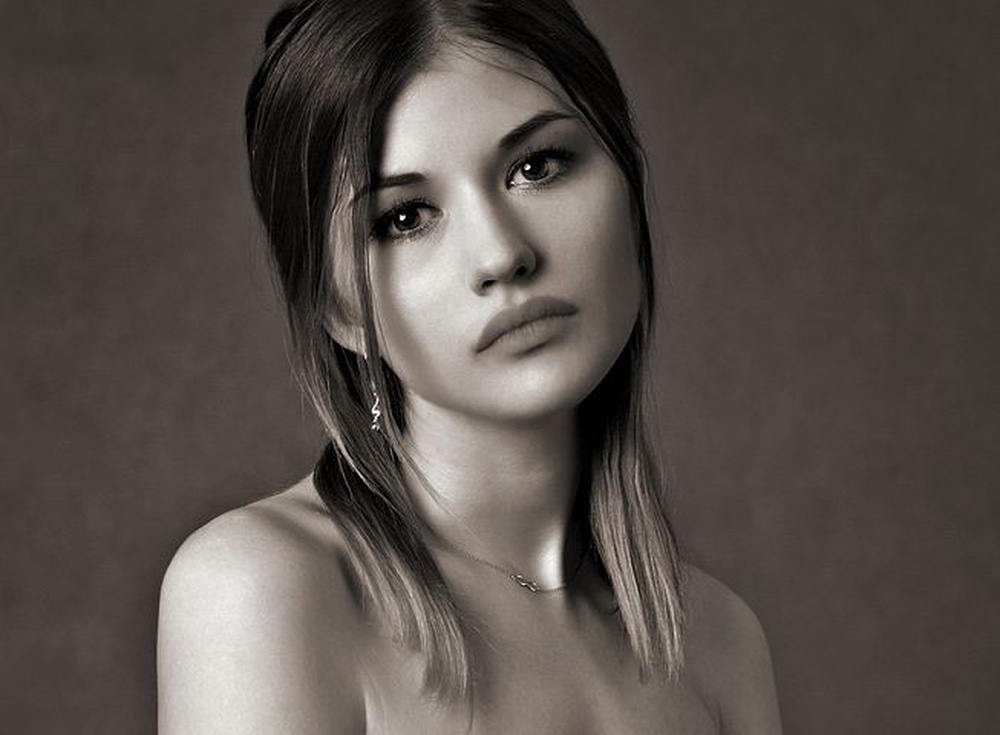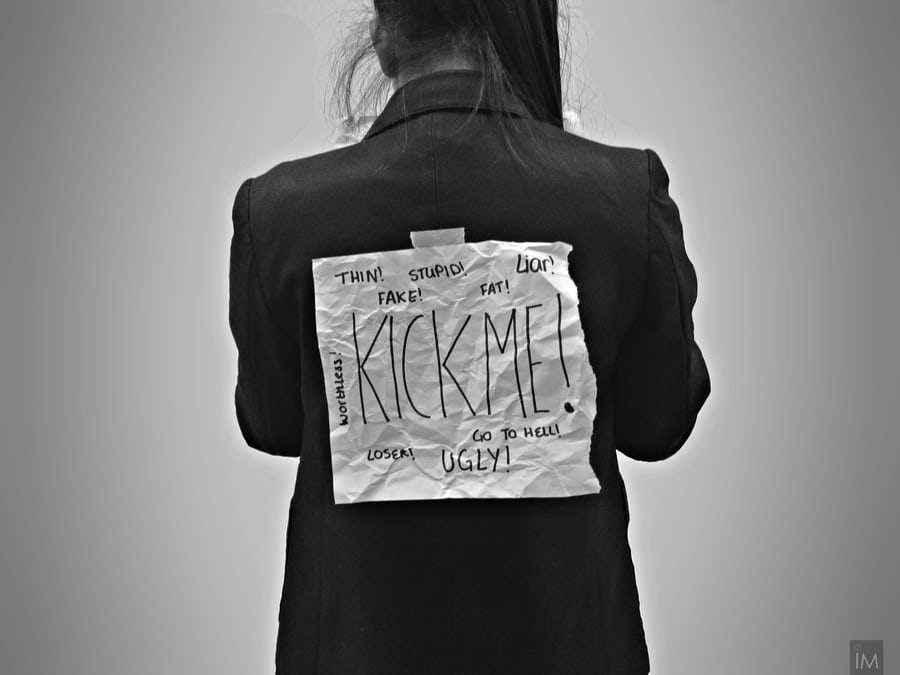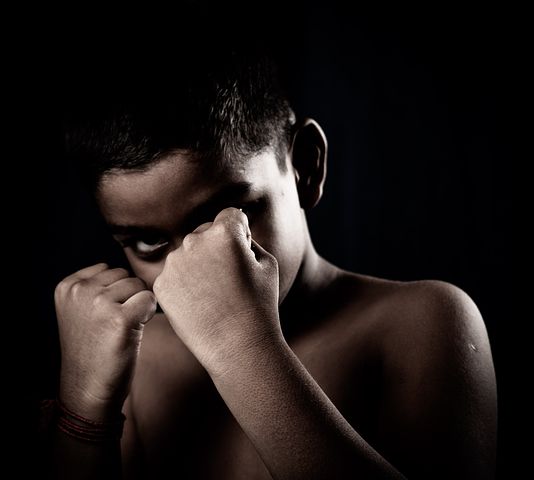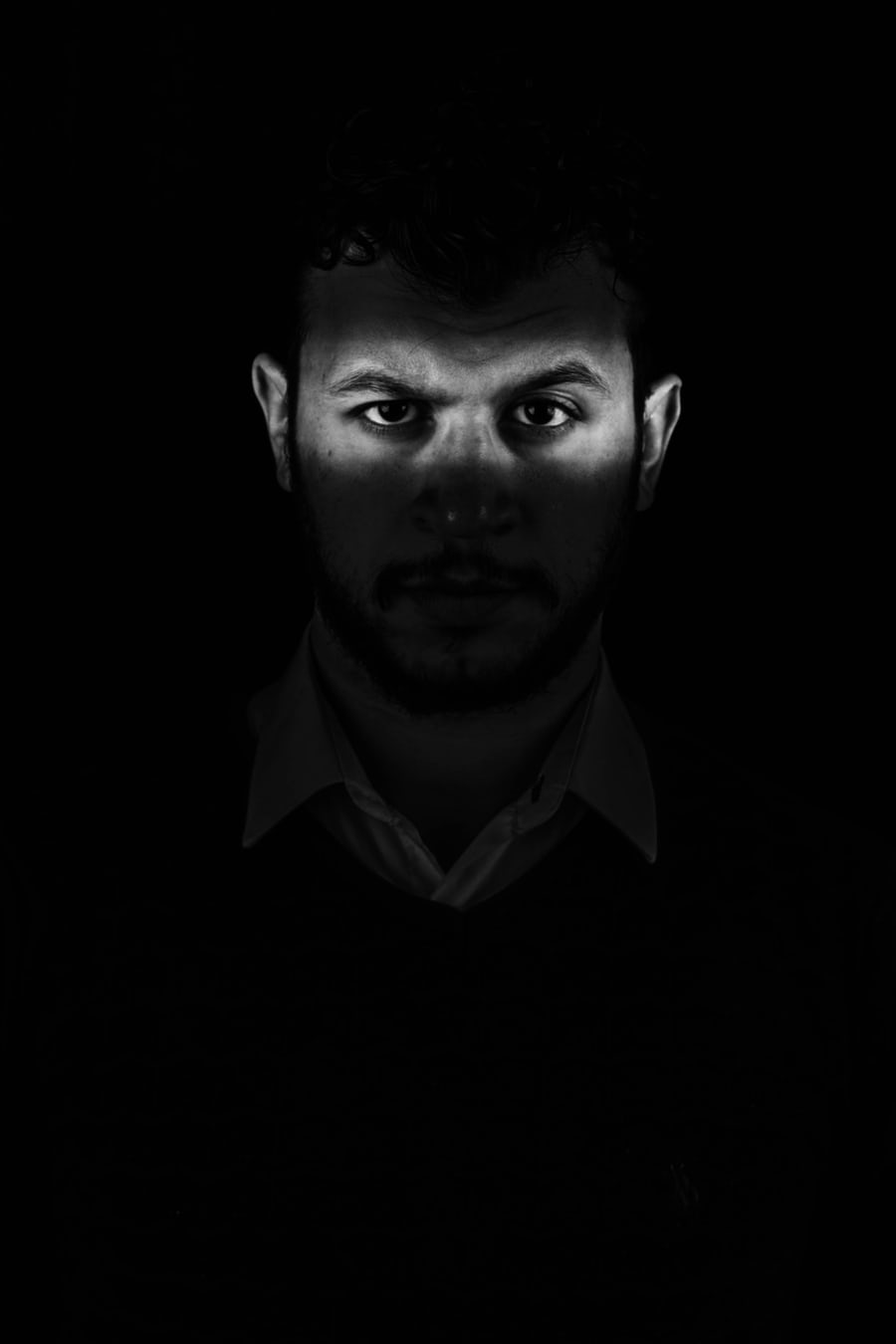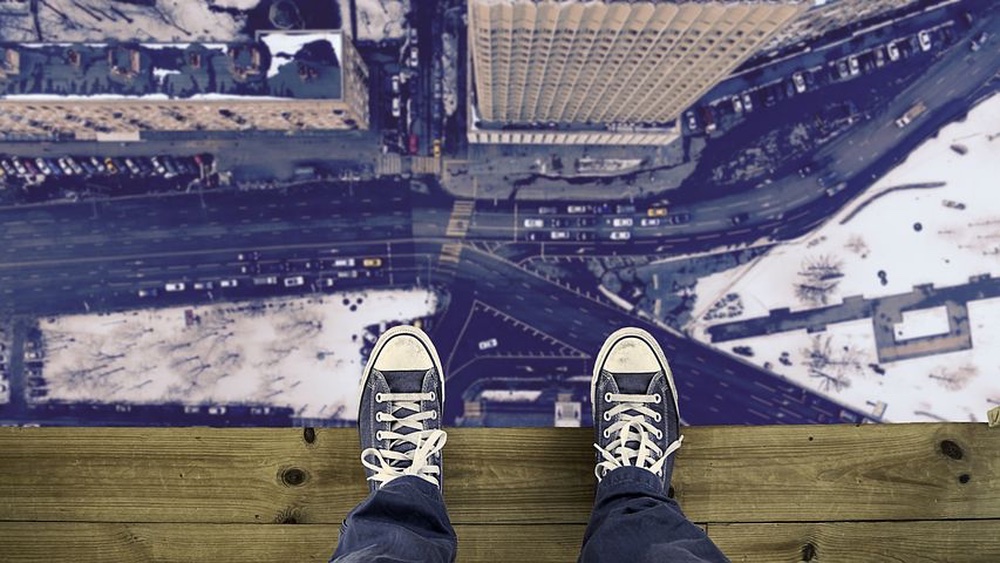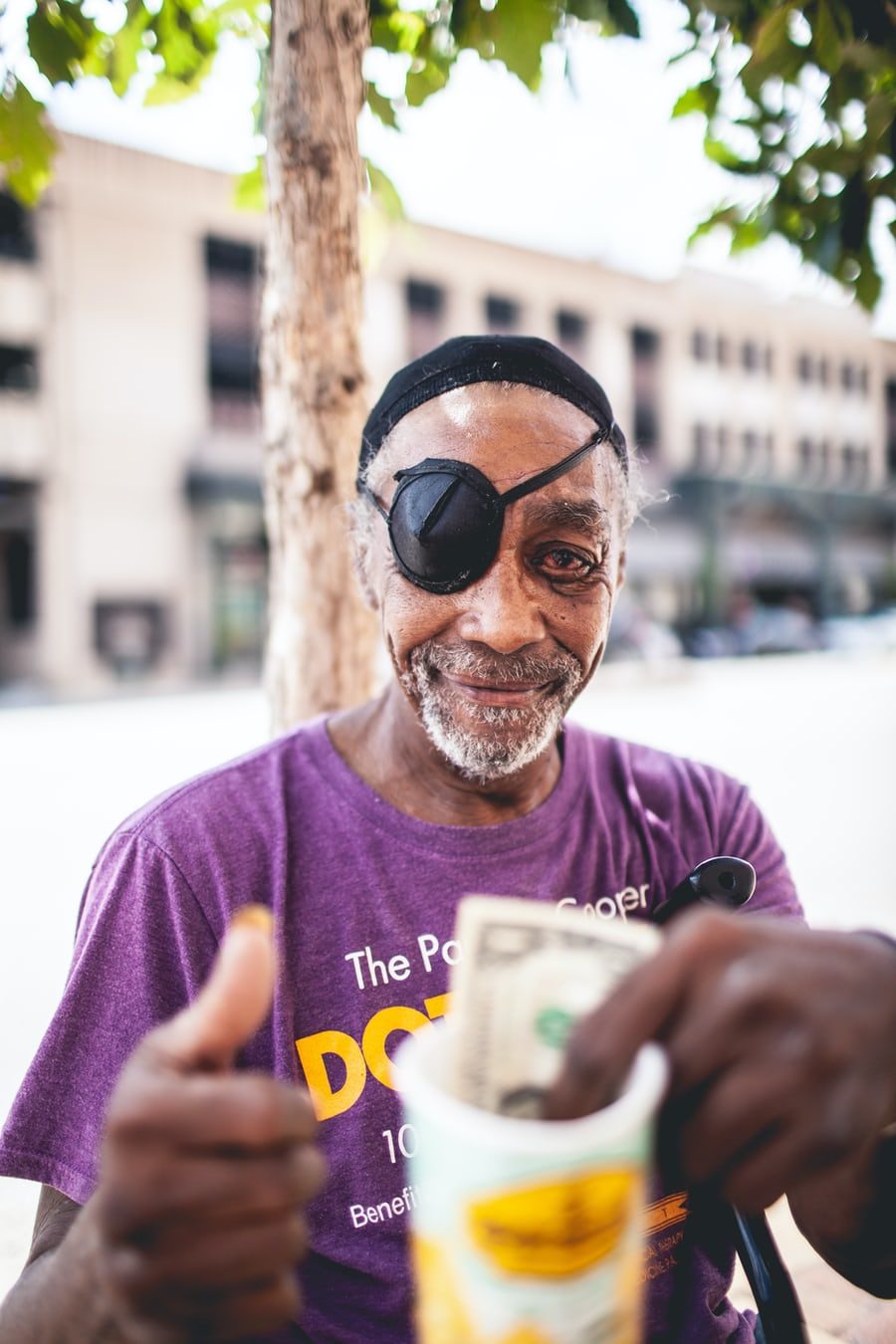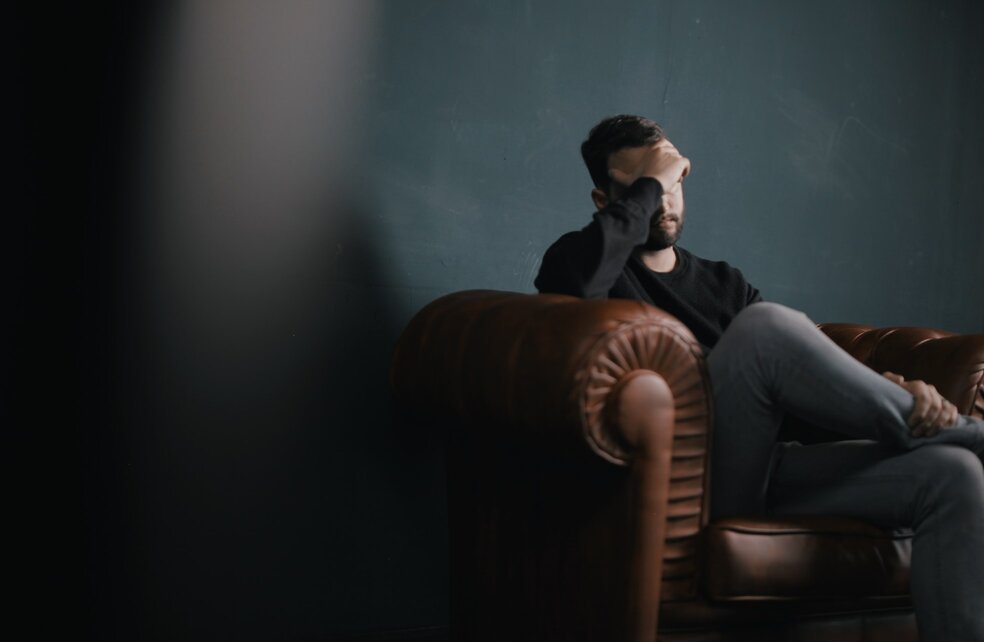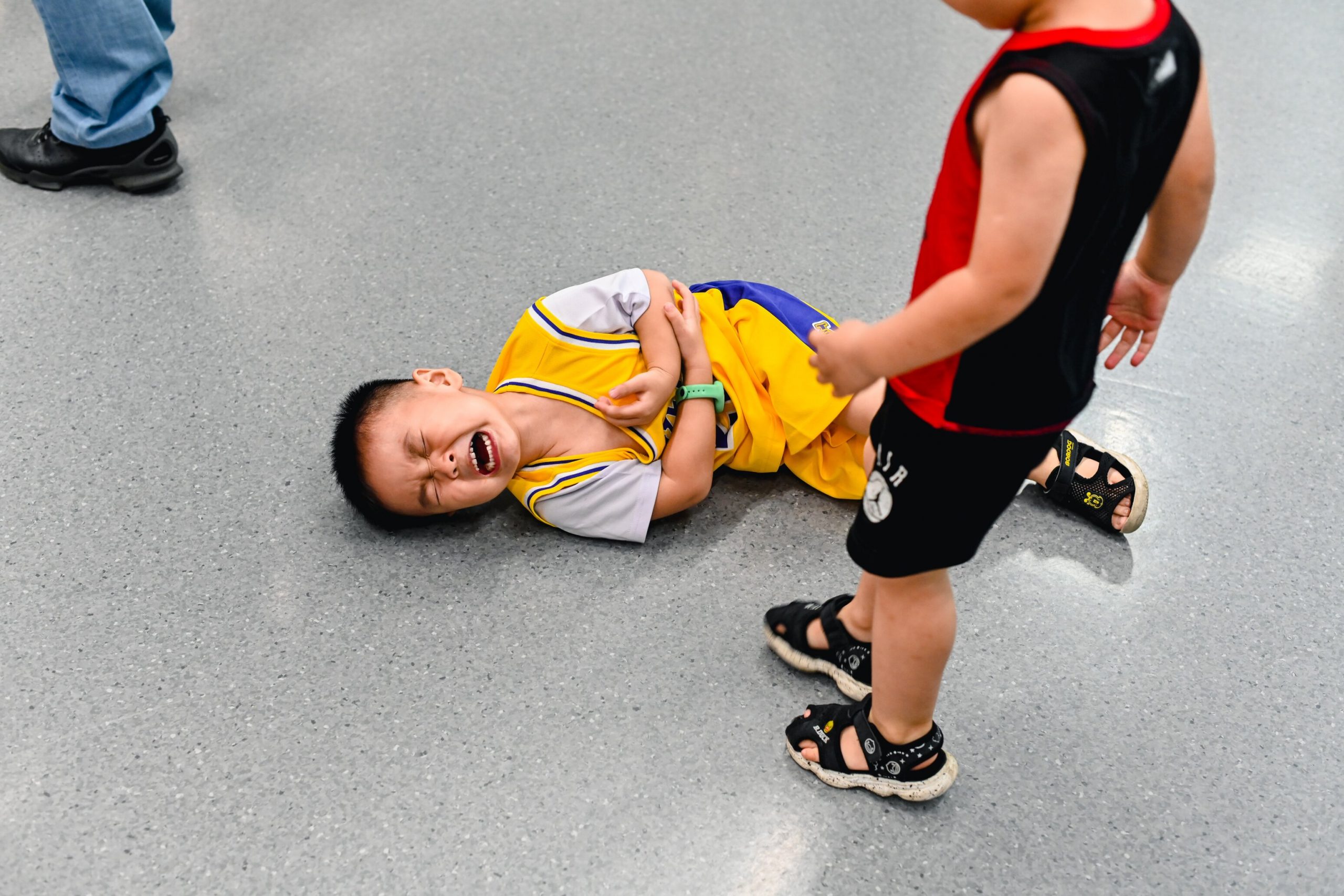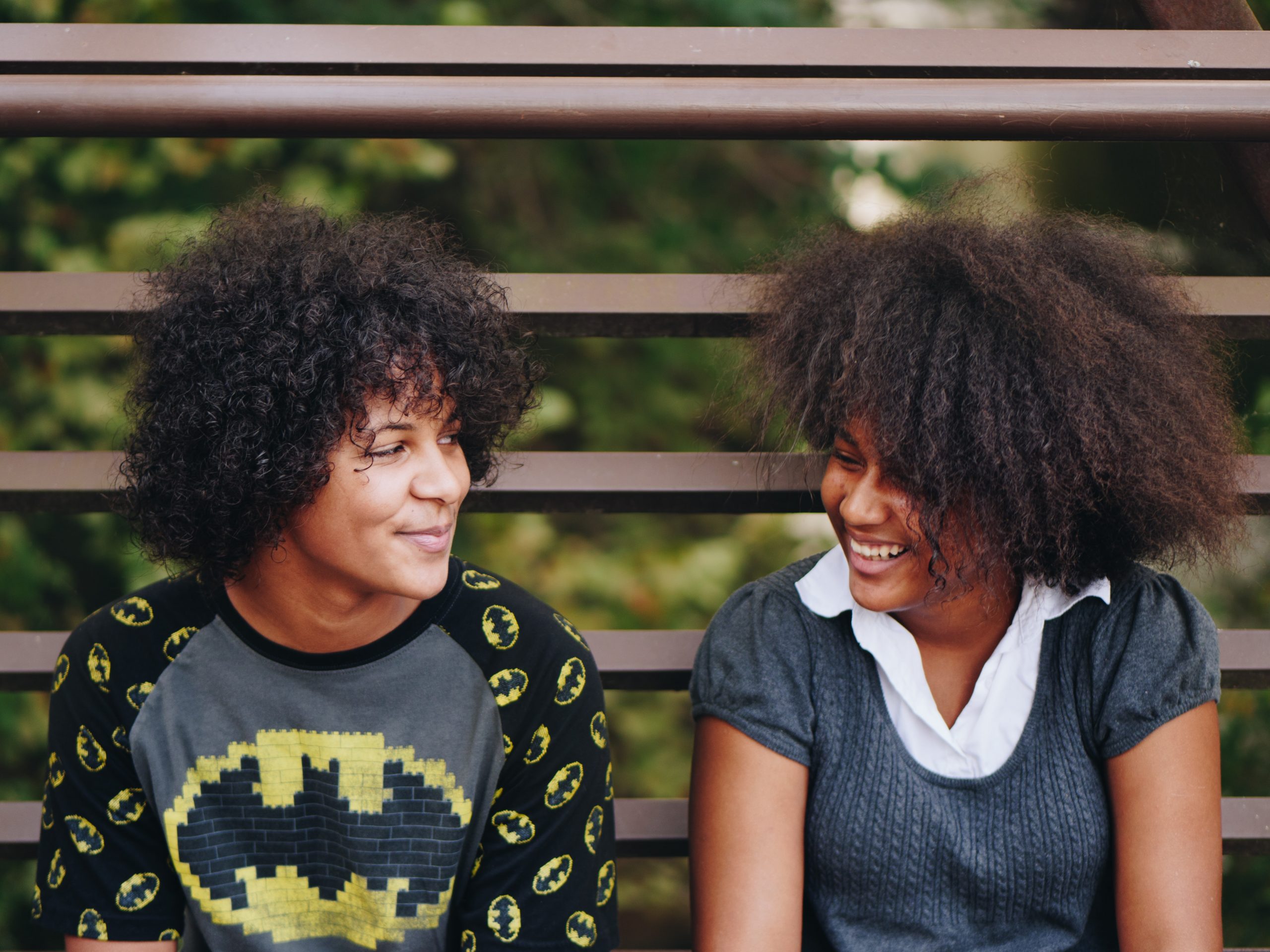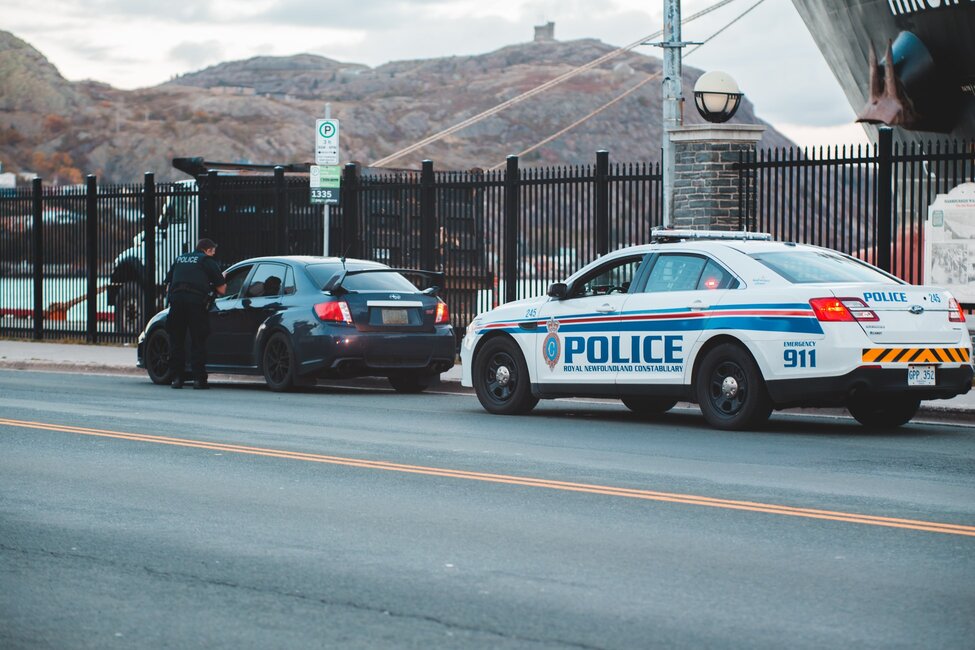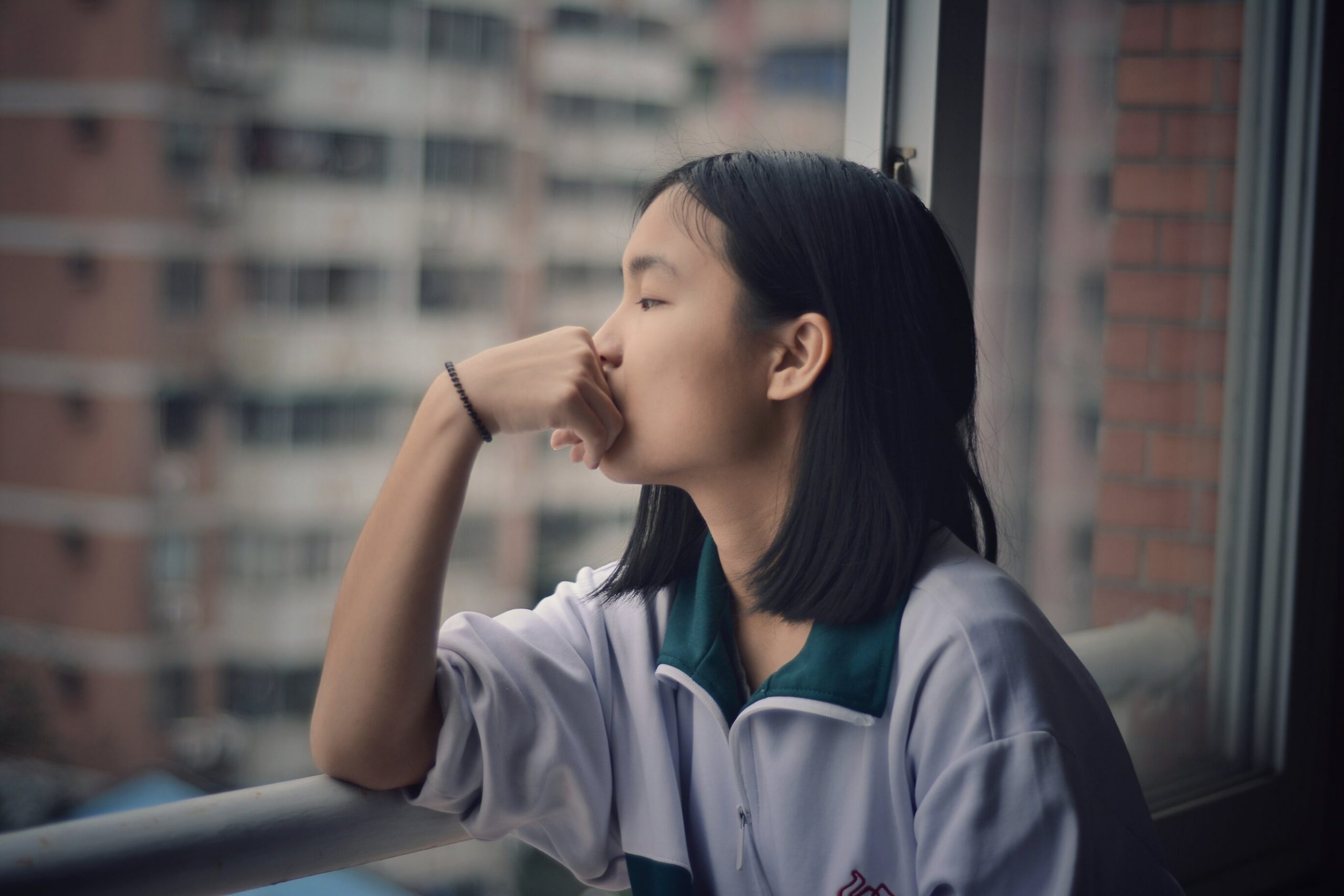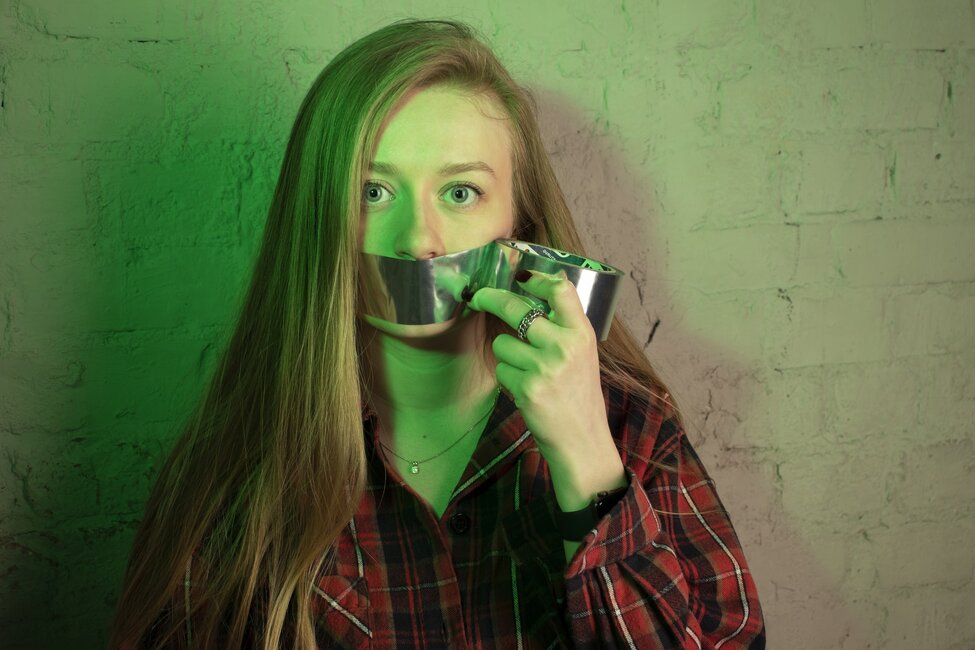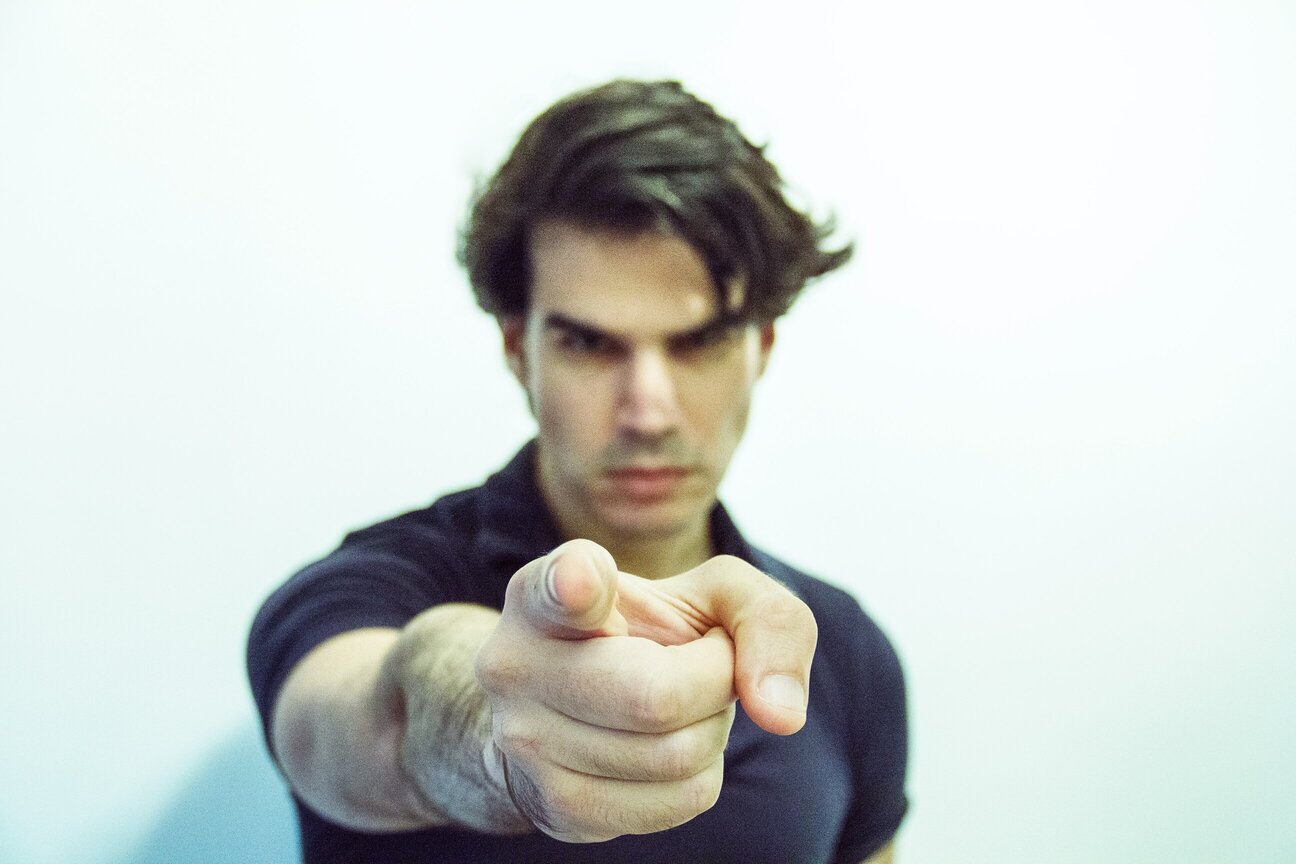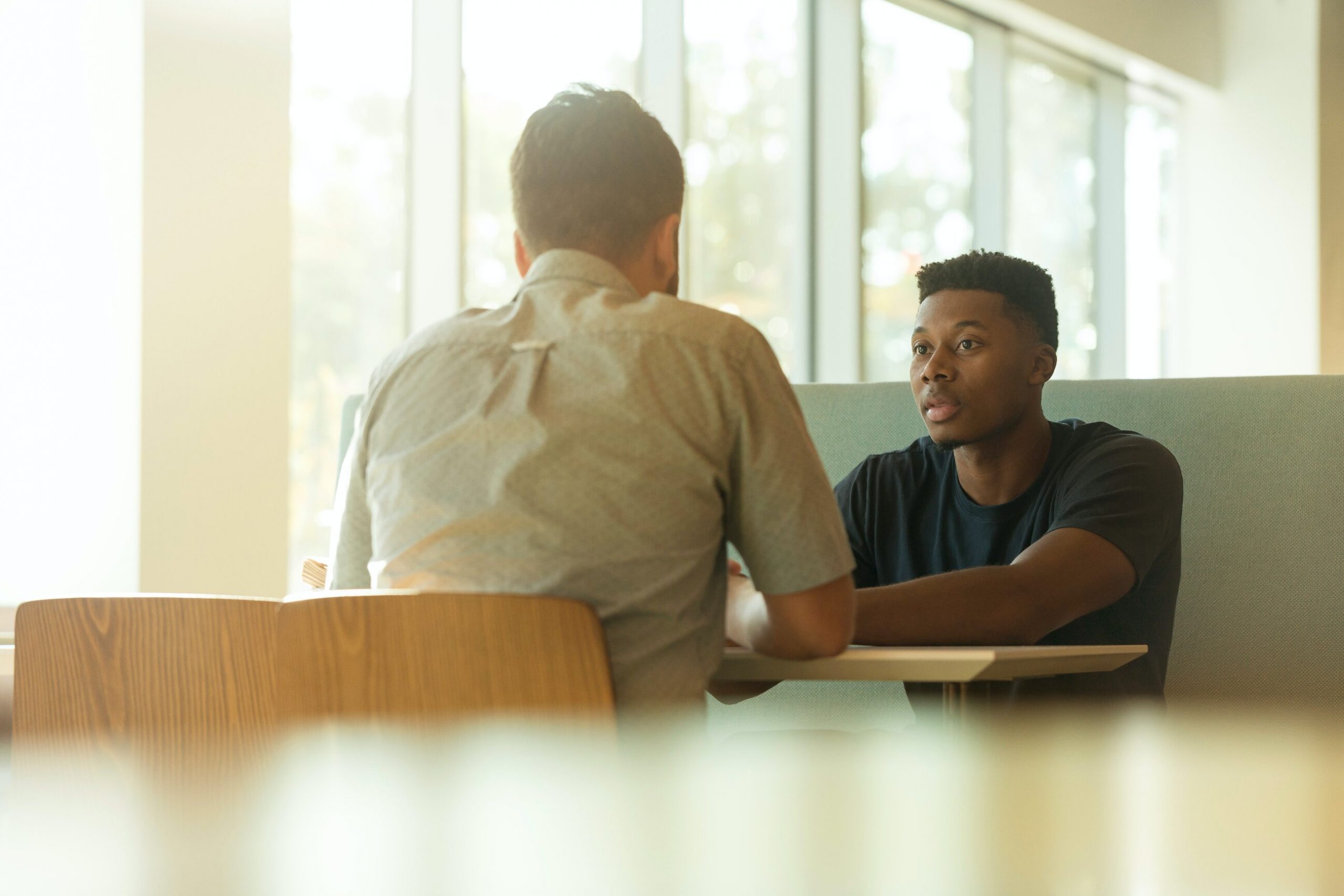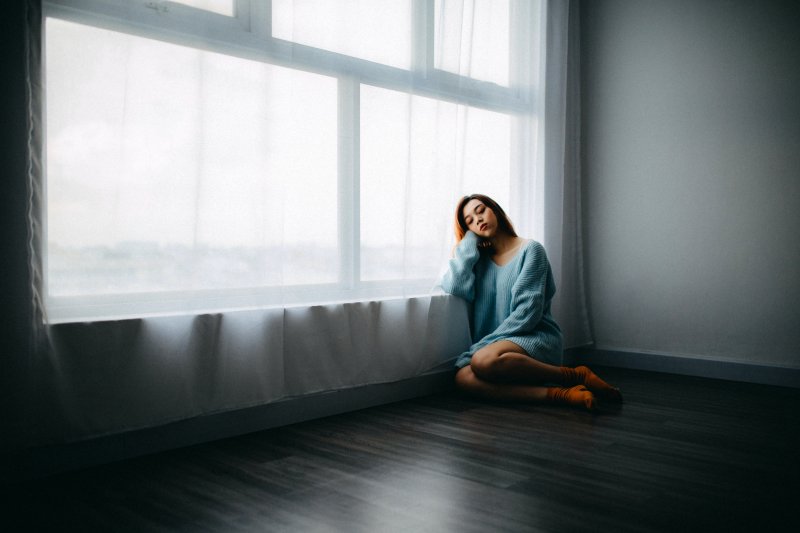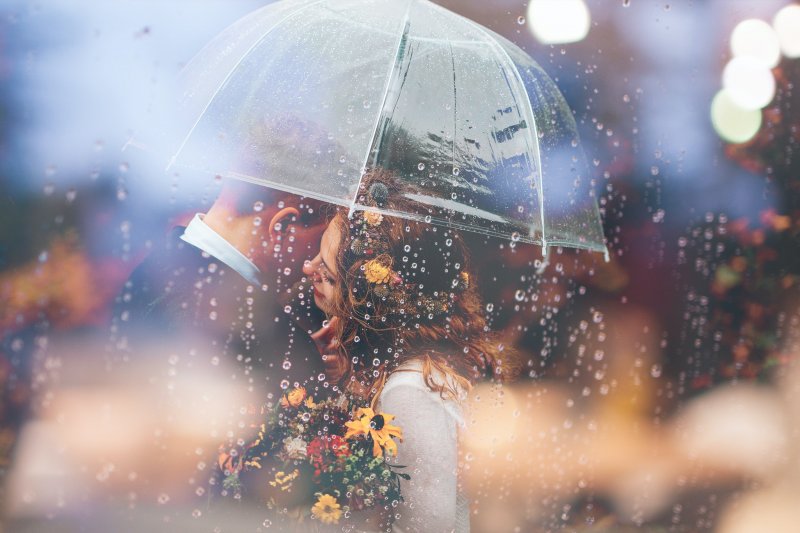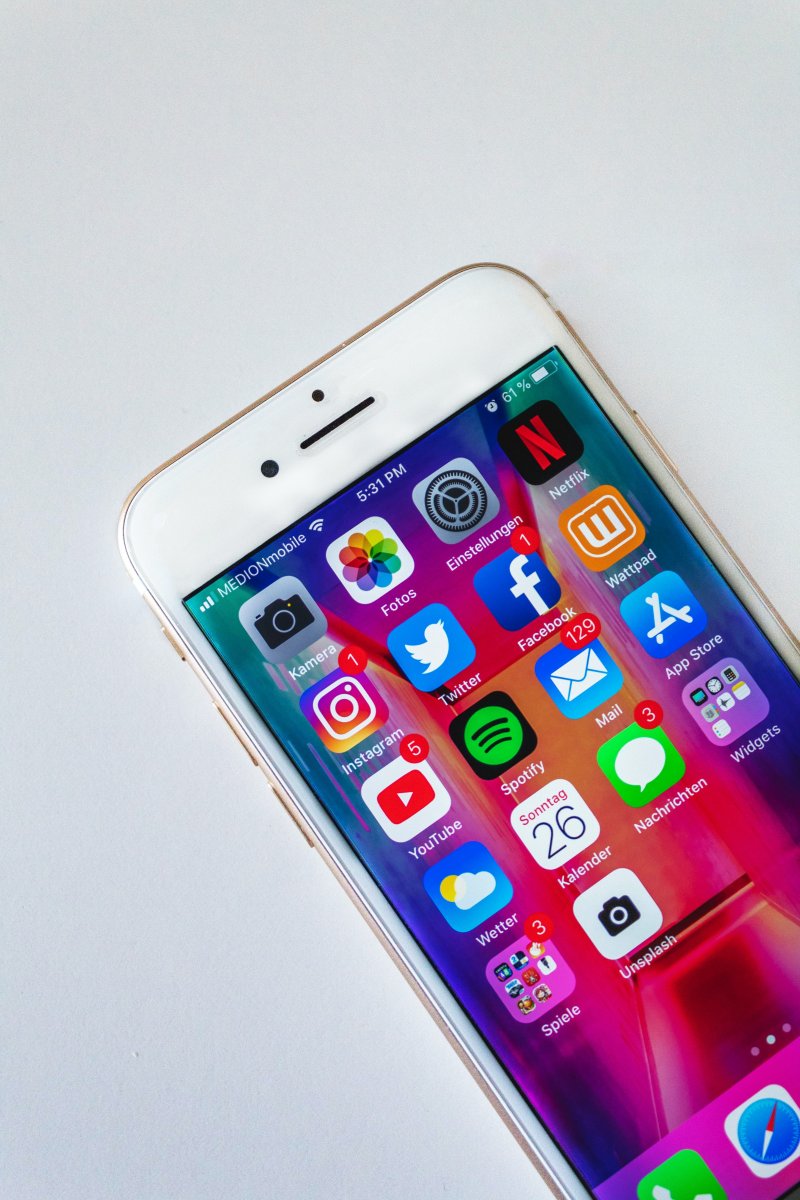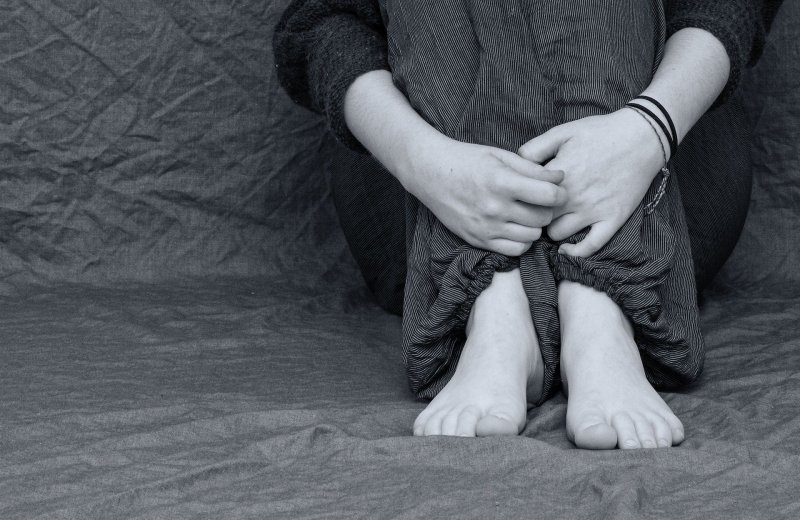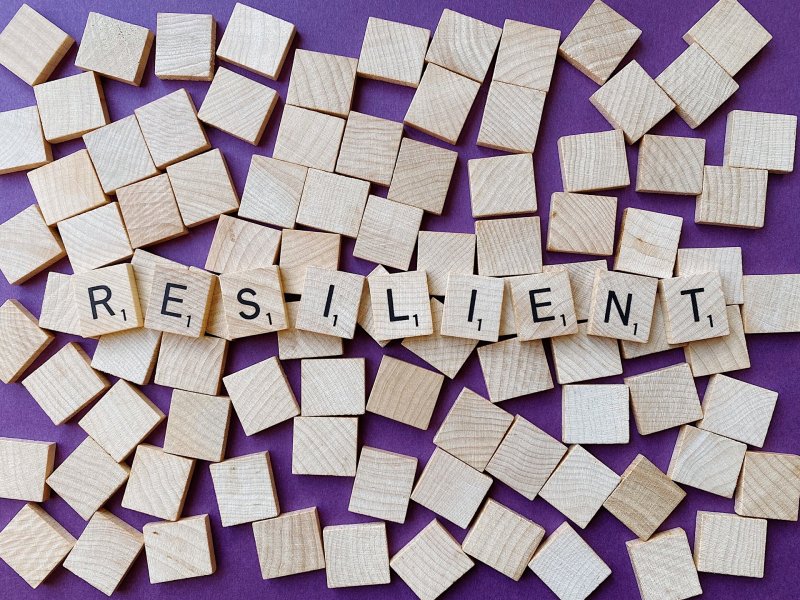Blog Entry #4
What Is Prejudicial Bullying?
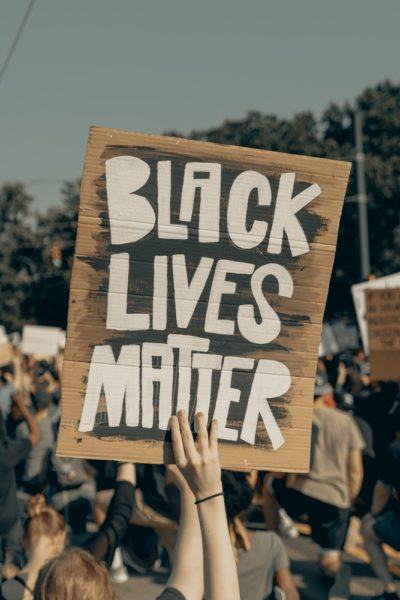
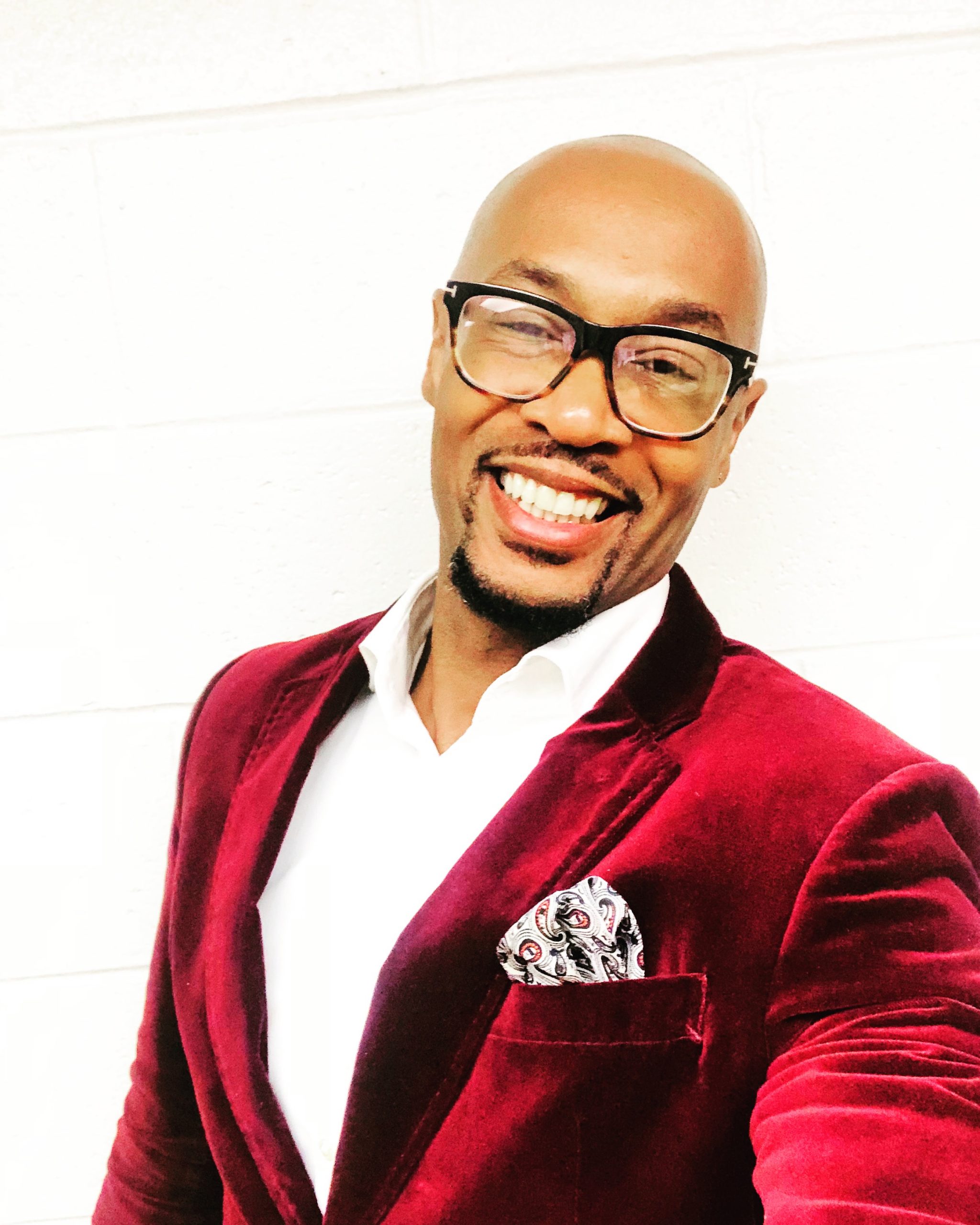
By Antoine G Larosiliere
What is prejudicial bullying? The answer to that will be difficult to write. This past week, we had to endure witnessing a woman at a public park using her white privilege as a weapon to get a law-abiding, educated black man arrested. Another white woman admitting to killing her 9-year-old autistic son after blaming two black men. Then there’s George Floyd— an unarmed black man accused of counterfeiting, begging for his life with an officer’s knee to his neck for over 8 minutes, that eventually lead to his death. But George’s death is reminiscent of a familiar theme; unarmed black shootings or black people being killed by the police. Over the years, there have been countless others; there’s Sean Bell, Eric Garner, Trayvon Martin, Alton Sterling, Ahmuad Arbery, Amadou Diallo, and Philando Castile; to name a few.
Why is prejudicial bullying still happening?
Are unarmed black males still being shot by the police? The senseless killing of an unarmed George Floyd caught on camera isn’t the first one. We now have seen so many, it’s hard to keep count. We’ve protested before. We have rioted and looted before. There have been efforts to improve police departments’ handling of these situations. Stop and frisk was condemned in 2013. Didn’t we have the Collaborative Reform Initiative established in 2011 under president Obama.
What is prejudicial bullying?
Prejudicial bullying is when someone tries to gain control or overpower someone else by using hurtful and humiliating actions that targets someone’s race, gender, religion, sexual orientation or disability. The most prominent forms of prejudicial bullying includes bullying that targets race, gender, religion, LGBTQ indenties, and disabilities.
Prejudicial bullying of Gender
This type of bullying involves sexis types of treatment towards the opposite sex. Sexism involves behaviors and beliefs geared towards women, but gender bullying involves being discriminant, and stereotyping both men and women.
Prejudicial Bullying of religion
Prejudicial bullying of religion targets a person or a group’s traditions, beliefs, or religious identity. Ignorance will also breed and trigger the fears associated with this type of bullying. This can occur when a religious on non-religions person or group tries to overpower someone else through physical, psychological, or verbal forms of abuse and mistreatment; either in person or online.
Prejudicial bullying of LGBTQ+
LGBTQ+ bullying is when a person or group is being overpowered socially, physically, and verbally due to their sexual orientation or gender identity; either in person or online.
Lesbian, gay, bisexual, transgender, or questioning (LGBTQ) youth tend to have a higher risk of being bullied. According to a study from the 2017 Youth Risk Behavior Survey, “high school students who self-identify as lesbian, gay, or bisexual (LGB) report having been bullied on school property (33%) and cyberbullied (27.1%) of the time;” which is more than their heterosexual peers.
Prejudicial bullying of people with disabilities
Prejudicial bullying of people with disabilities is defined as bullying or harassment based on a disability. These disabilities can be physical, developmental, intellectual, emotional, or sensory; and pose physical vulnerability, social skill challenges, or intolerant environments challenges. According to research approximately half of adolescents with autism, intellectual disability, speech impairments and learning disabilities are bullied at school.
Prejudicial Bullying of a Race
This tends to me the most common form of prejudicial bullying. It is when someone or a group of people try to control, overpower you by using hurtful actions that target their skin color, race or ethnic background. Some people have been bullied for being black, latino, middle eastern, aisian or a specific nationality. This mistreatment is usually due to a lack of education, experiences or fear.
The reasons why these police killings are still commonplace in 2020 is partially due to prejudicial bullying. There are several reasons why prejudicial bullying due to race has led to many unarmed black police shootings.
#1-Lack of accountability and transparency:
In 2014, the fatal shooting of Michael Brown demanded more accountability and transparency from police departments. Police chiefs who favored accountability and transparency through disclosure faced pushback from police unions.
#2-Police unions and Lawmakers Corroborate:
To gain continued support of police unions, lawmakers have aided in preventing or delaying the disclosure of officers’ names involved in unarmed black shootings.
#3-Supreme Court Rulings:
After the Michael Brown shooting, “the Supreme Court handed down decisions that put emphasis on a different standard for “use of force” and “what a reasonable police officer would do.” The Supreme Court’scase involving a fleeing suspect in 2007, have also created conditions under which police shootings are a leading cause of death for young black men.”
#4-Departments only changed how they described events:
After the Supreme Court rulings, departments began to change how they describe events, not necessarily their behavior.For example, according to the Journal of Criminal Law and Criminology research in Memphis, “After the Garner decision, the number of shootings described as having occurred while working to ‘apprehend suspect’ declined by 58.6 percent, while the rate of shootings described as necessary to ‘defend life’ increased by 91.5 percent.” This slight change in verbiage presents the police officer’s poor and sometimes criminal actions as justifiable.
#5-The Collaborative Reform Initiative is scaled back:
In a September 15th statement, President Trump’s administration said it would significantly scale back Obama’s Collaborative Reform Initiative, ending federal efforts to reform local police departments and improve police-community relations.
#6-Inexperience:
It’s common practice for senior officers to get priority on where to transfer.
This leaves districts to place cops who have the least experience in neighborhoods that have the highest crime rate and require the best judgement.
#7-Officers don’t always know the communities they serve:
And therefore don’t understand the culture of the people in it. The Wisconsin Supreme Court had upheld a state law that eliminated a requirement that Milwaukee police officers live in the city.
#8-Misguided incentives:
The American police system often rewards officers for the wrong things, including number of arrests made and the amount of contraband seized.
#9-Poor training:
Many trainings also encourage viewing residents as potential threats, rather than as members of the community.
#10-Consequences of poor policing are usually non-existent:
With the exception of the occasional high-profile shooting, consequences are usually non-existent. After killing an unarmed 15-year-old boy, an investigation concluded that Officer Hymon had received a routine suspension, then”returned to a hero’s reception,” he told a reporter. “What I resented,” he added, “was the implication that after killing an African American; I was acceptable.”
#11-Racism:
Any form of prejudice, discrimination, or antagonism directed against someone of a different race based on the belief that one’s own race is superior. There is no statistic that lets us know the percentage of racist people in America, or the percentage of racist cops in each department, district, state or nationwide. But we can acknowledge it exists, and that it’s a major influence in some police officer behaviors during unarmed black male police shootings. But I believe it’s a small percentage of police officers that are actually racist. There is another component that is much more widespread and detrimental and that is “racial implicit bias.”
#12-Implicit Biases:
Implicit biases are unconscious attitudes and beliefs that can influence our decisions and give preference to our own group. Everyone has them, including police officers, and not realizing we have them and their impact on our decisions can lead to dangerous situations such as, unarmed black police shootings. For instance, there is this belief that black people are aggressive, loud, dangerous, gang-bangers, drug dealers etc. If a police officer has any of these unconscious beliefs, they will likely be more defensive, nervous, and fearful of blacks during routine stops and interactions. This usually leads to the officer using micro-aggressions that can escalate and make situations more dangerous than they need to be. According to research by Stanford University, of routine stops in Oakland California, 1 in 4 blacks were handcuffed as opposed to 1 in 15 whites. Micro-aggressions were used more against blacks. They found officers used words like “probation, parole, jail time and arrest far more when interacting with blacks.”
Prejudicial bullying is when someone tries to gain control or overpower someone else by using hurtful and humiliating actions that targets someone’s race, religion or sexual orientation.
What do we do about it?
- We need to fight for policies to be put in place that force the police departments to be more transparent, and to improve community relations.
- Place police officers who are experienced and have records of good judgement in neighborhoods with higher crime rates.
- Reform police trainings and put in place incentive programs that are more based on community relations.
- Implement consequences for unlawful and abusive police behaviors aimed at deterring them.
- Conduct a deeper evaluation process prior to becoming an officer aimed at unearthing racist views or ideologies.
- Require Implicit Bias Training for every officer to minimize the use of micro-aggressions, and the unnecessary use of force.
- Teach citizens about implicit bias and the strategies that would help them survive situations where micro-aggressions exist.
Racism and police brutality are forms of prejudicial bullying. Racial implicit biases often lead to humiliating micro-aggressions that target blacks; and that is also an act of bullying. Excessive use of force to overpower someone else is an act of bullying. Mistreating blacks because you believe your race is superior is racist, but also an act of bullying. Killing blacks because you feel they’re animals is bullying, but more importantly, it’s murder. I hope this has been helpful! Also check out the YouTube channel for more insight to these topics.
